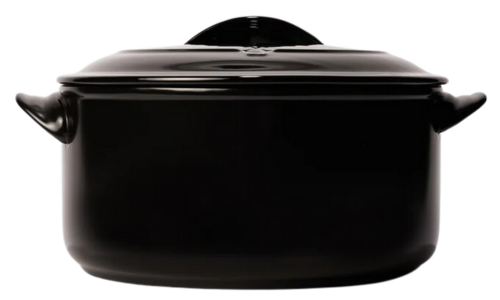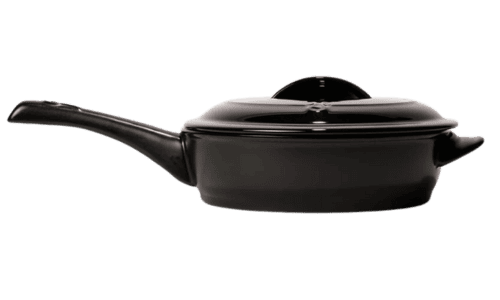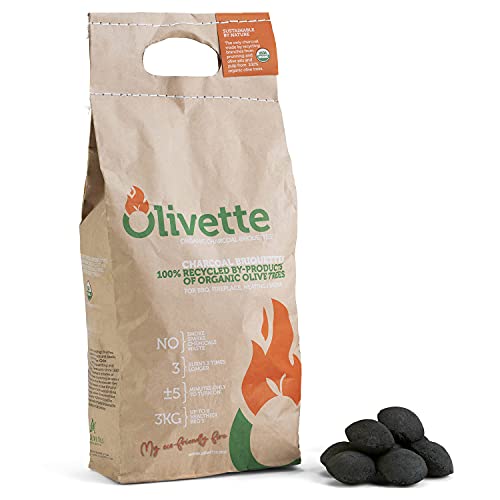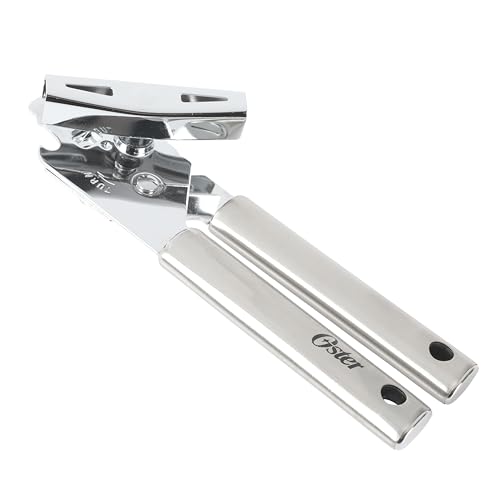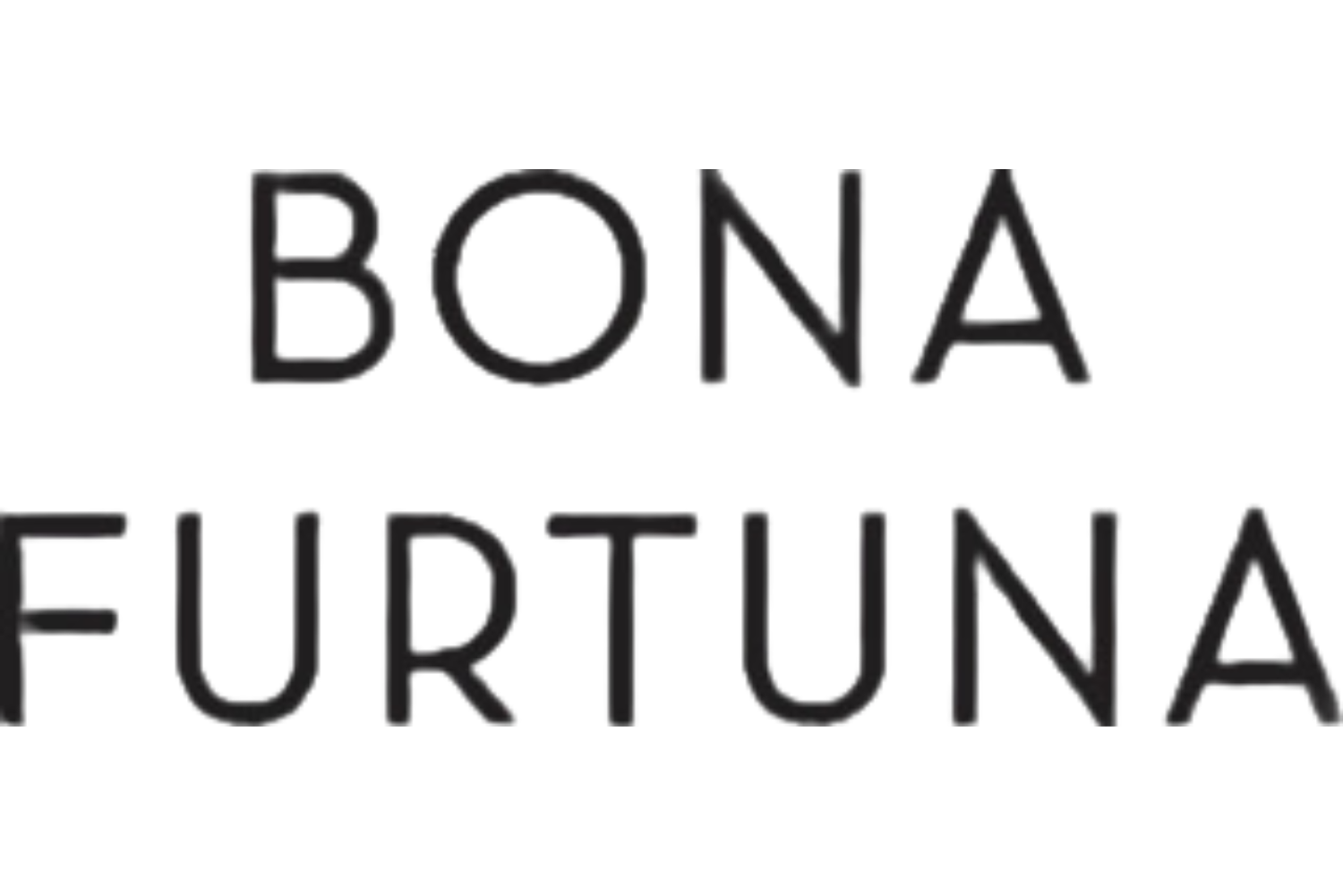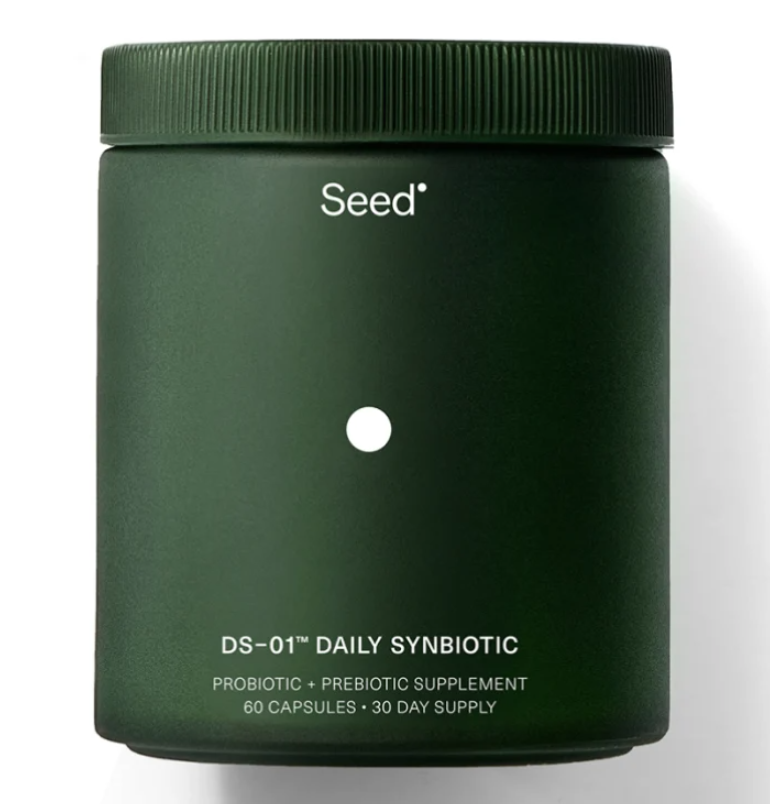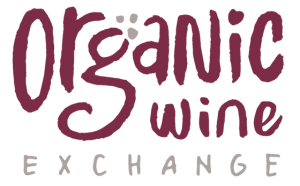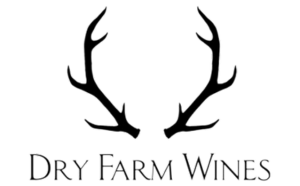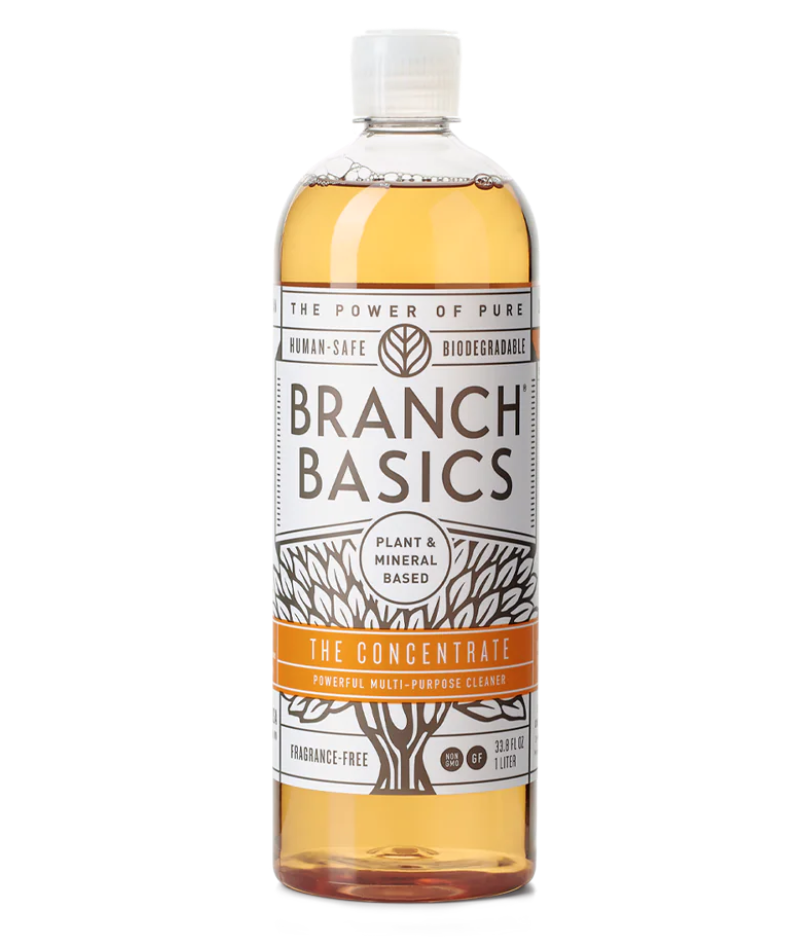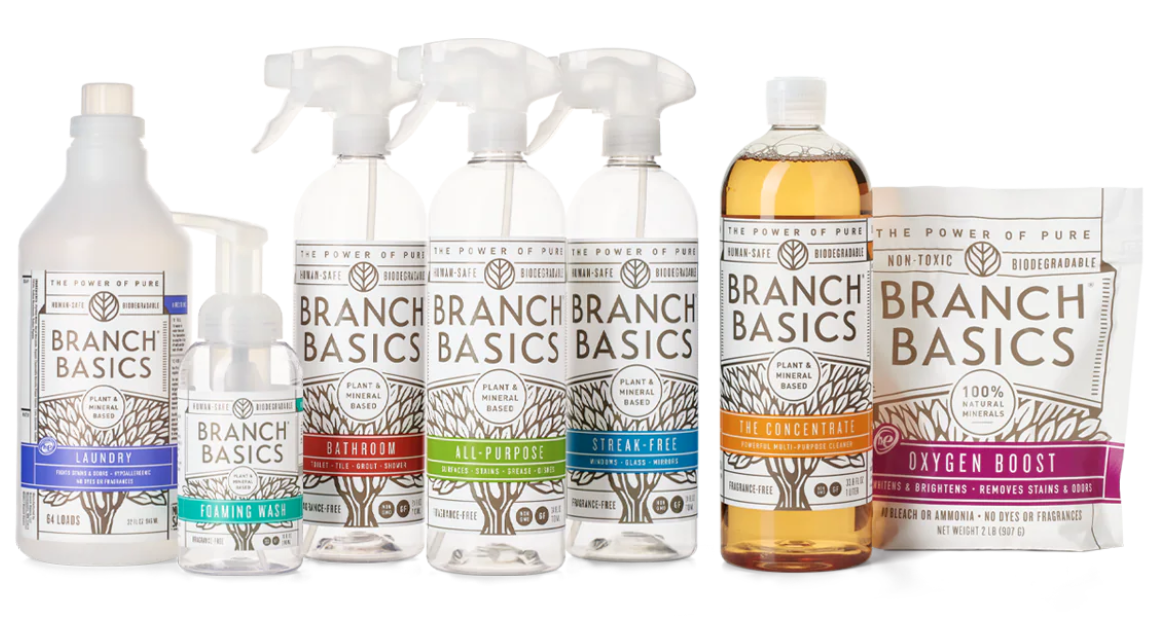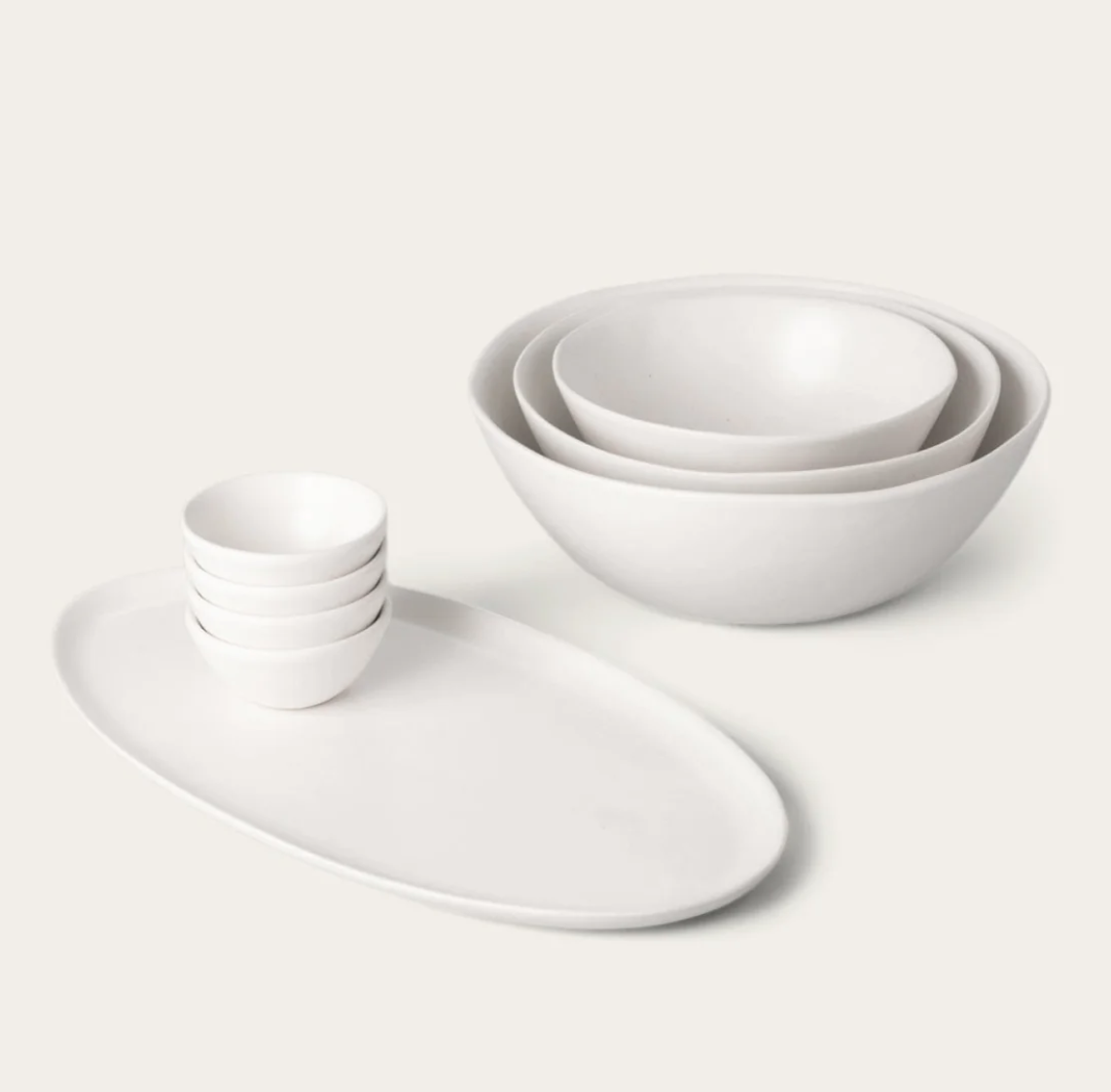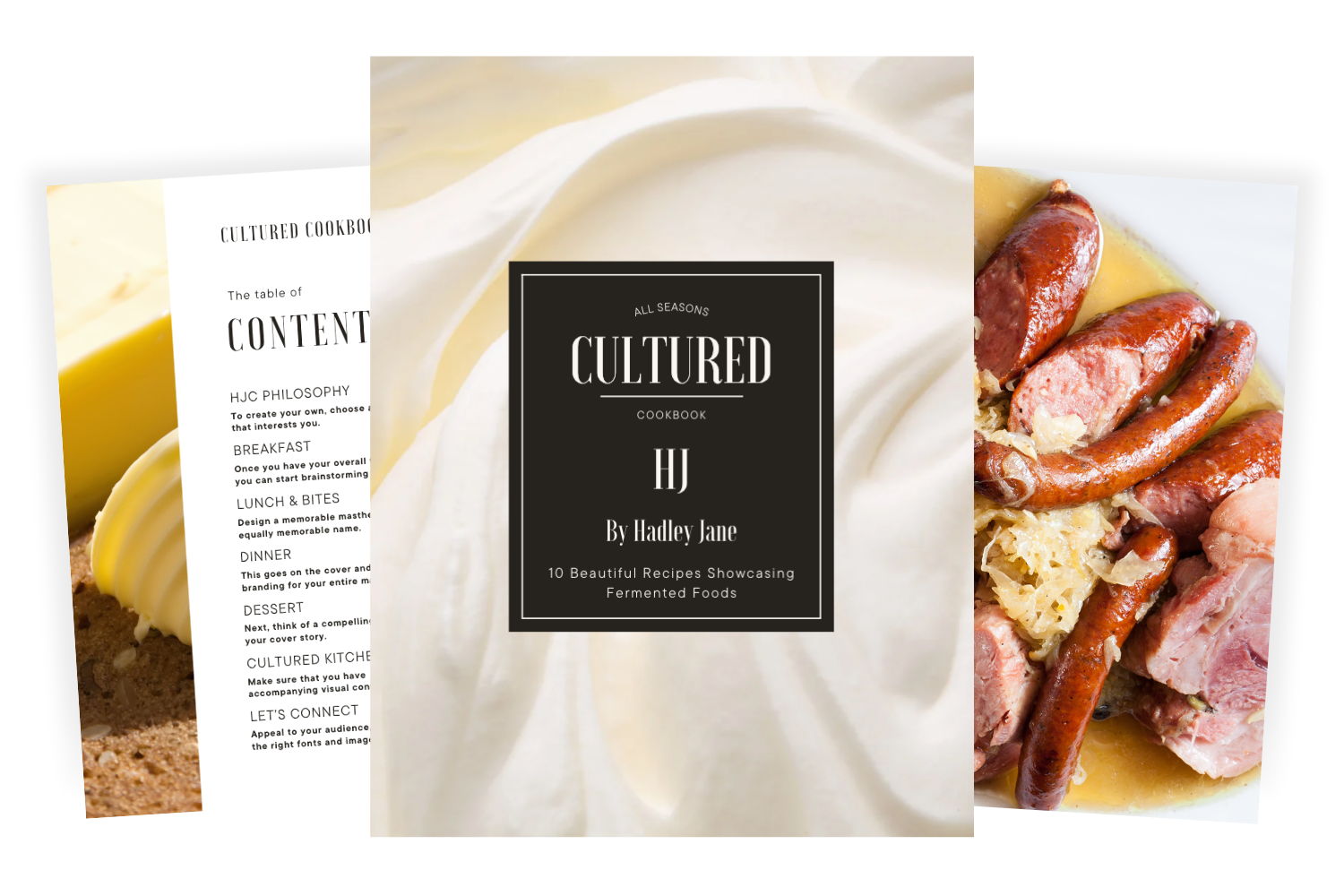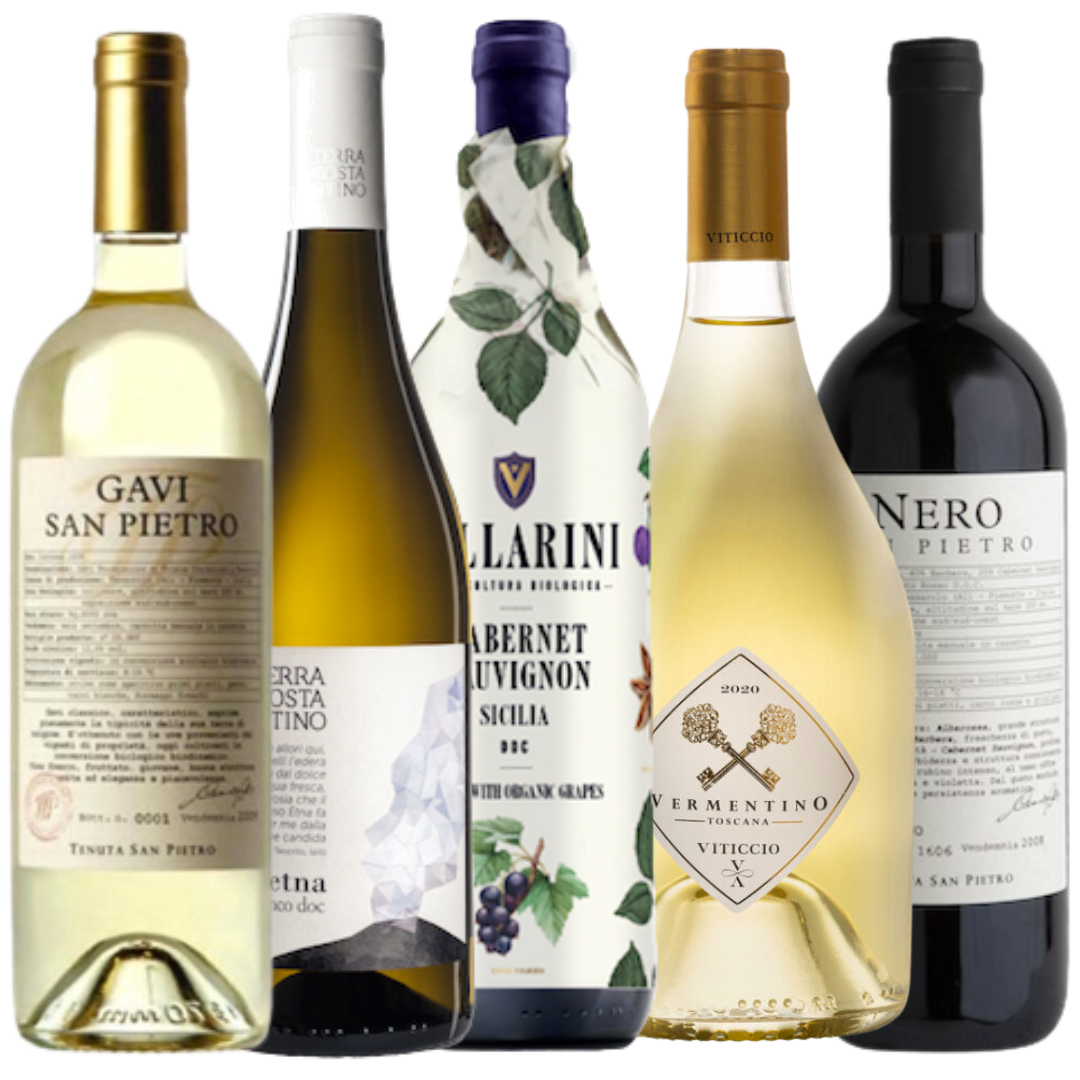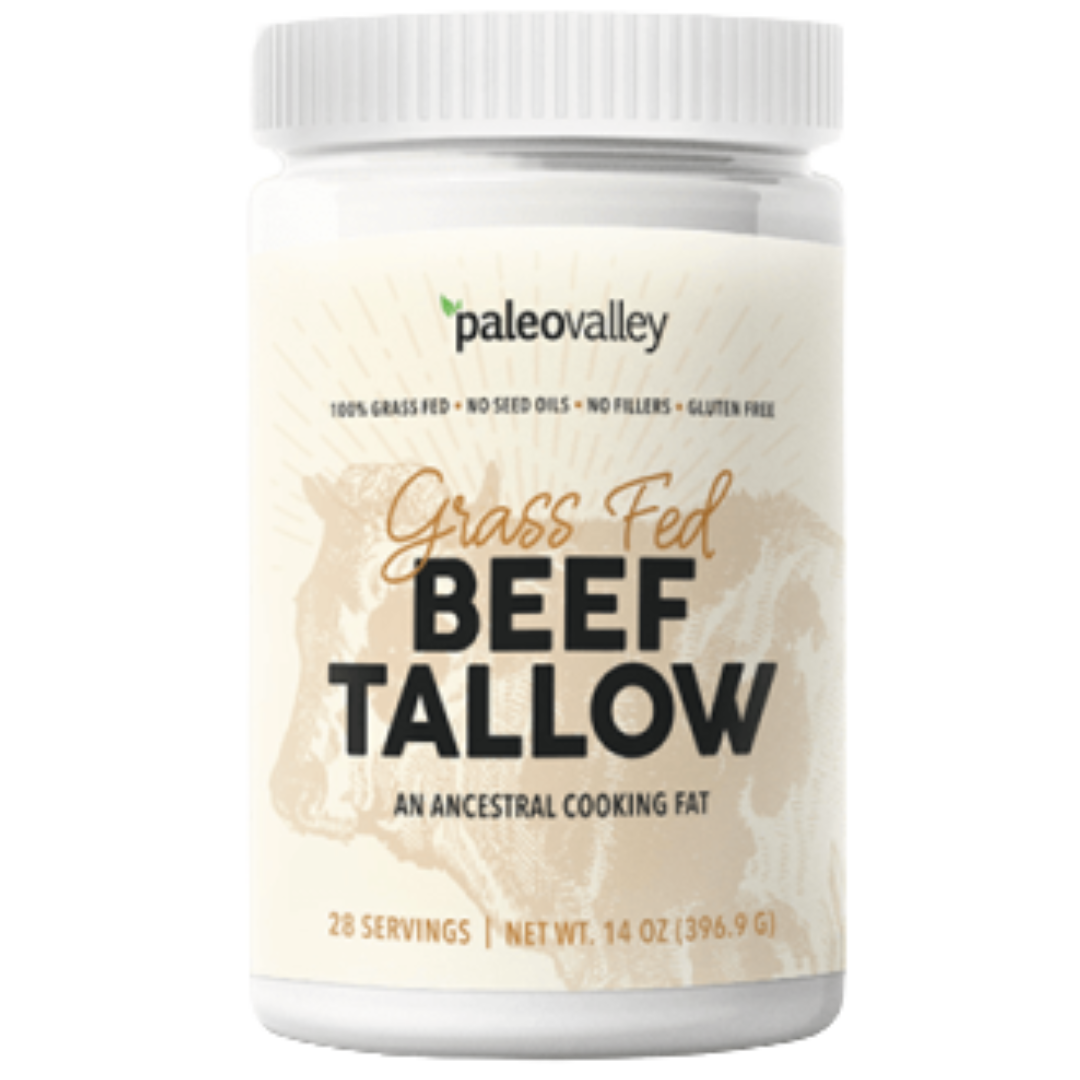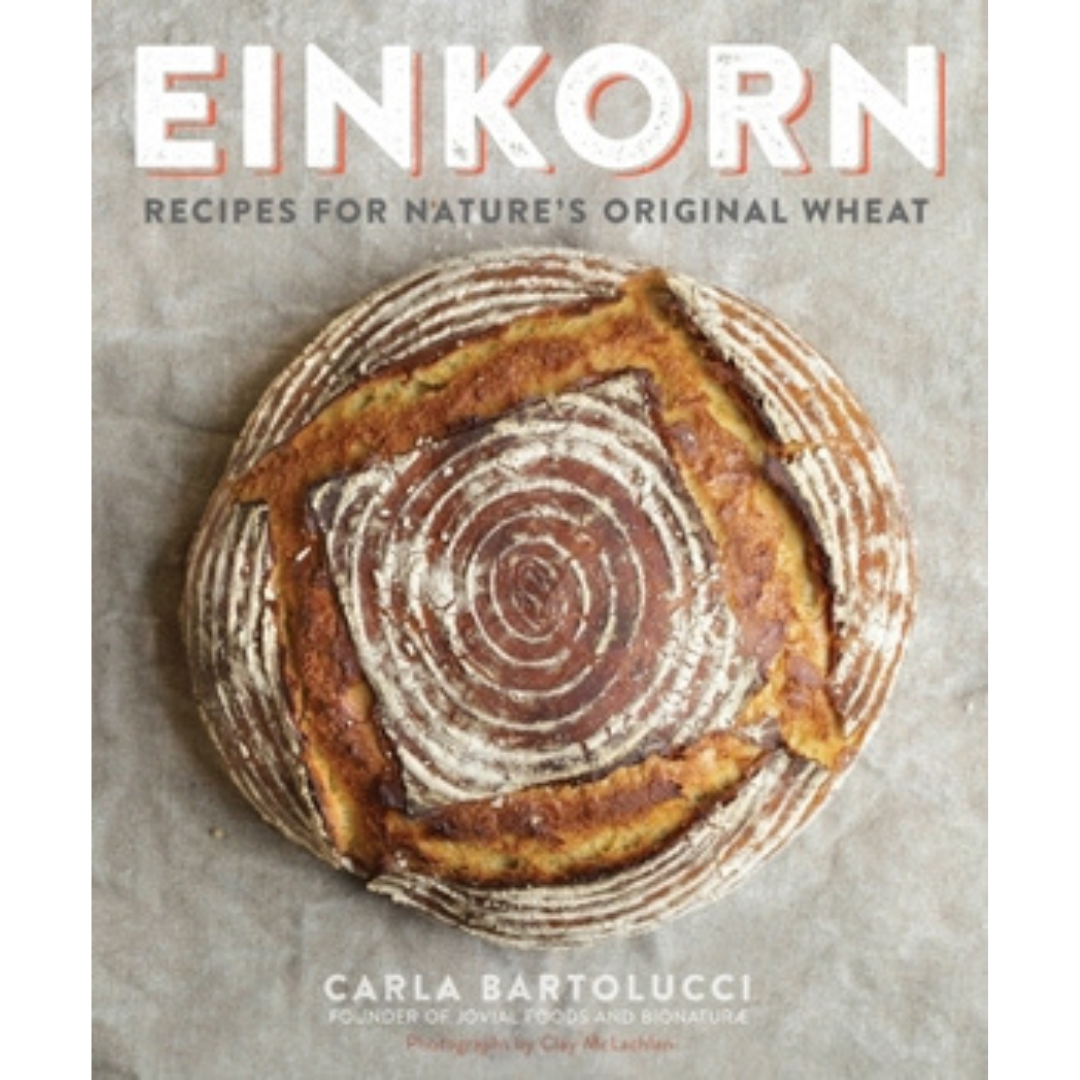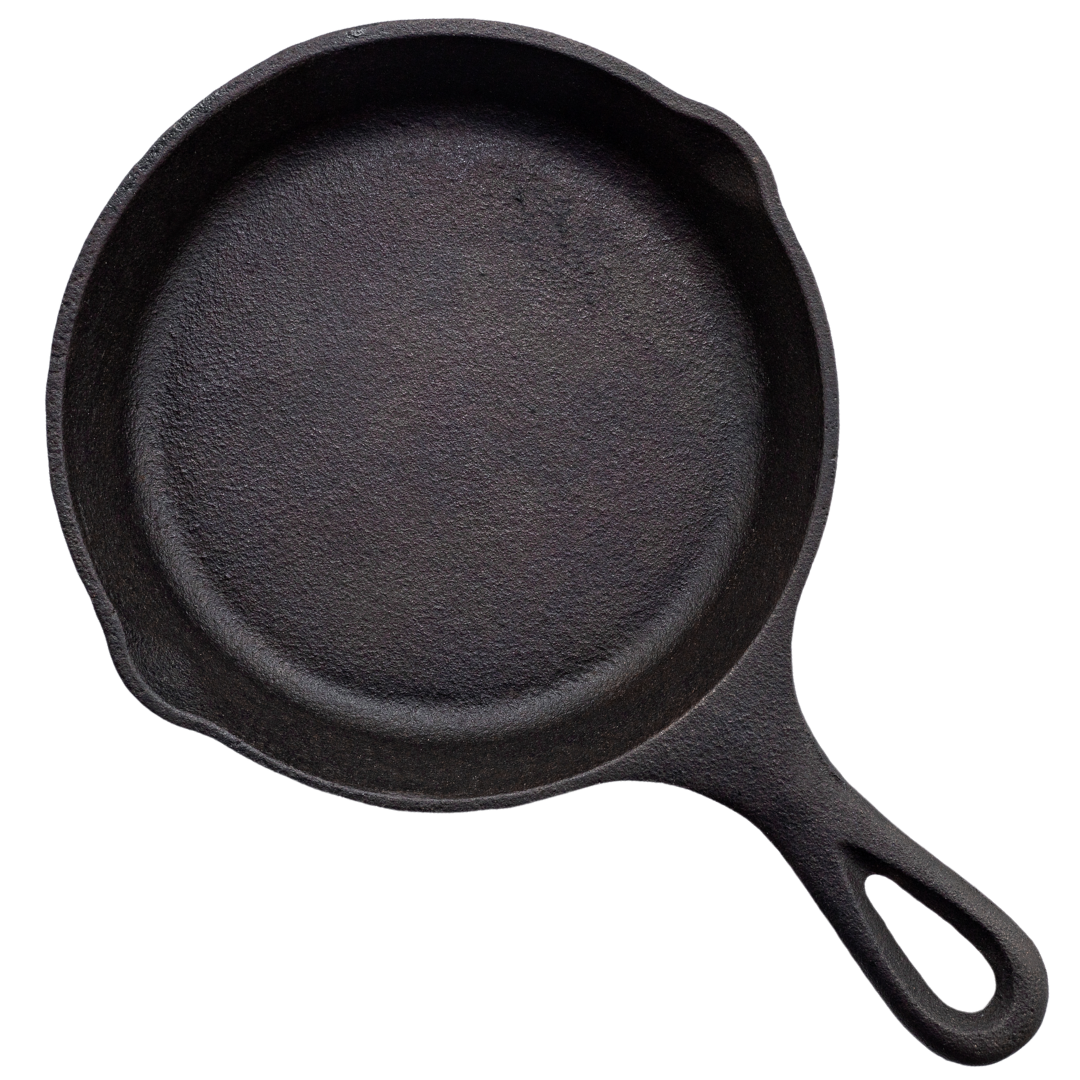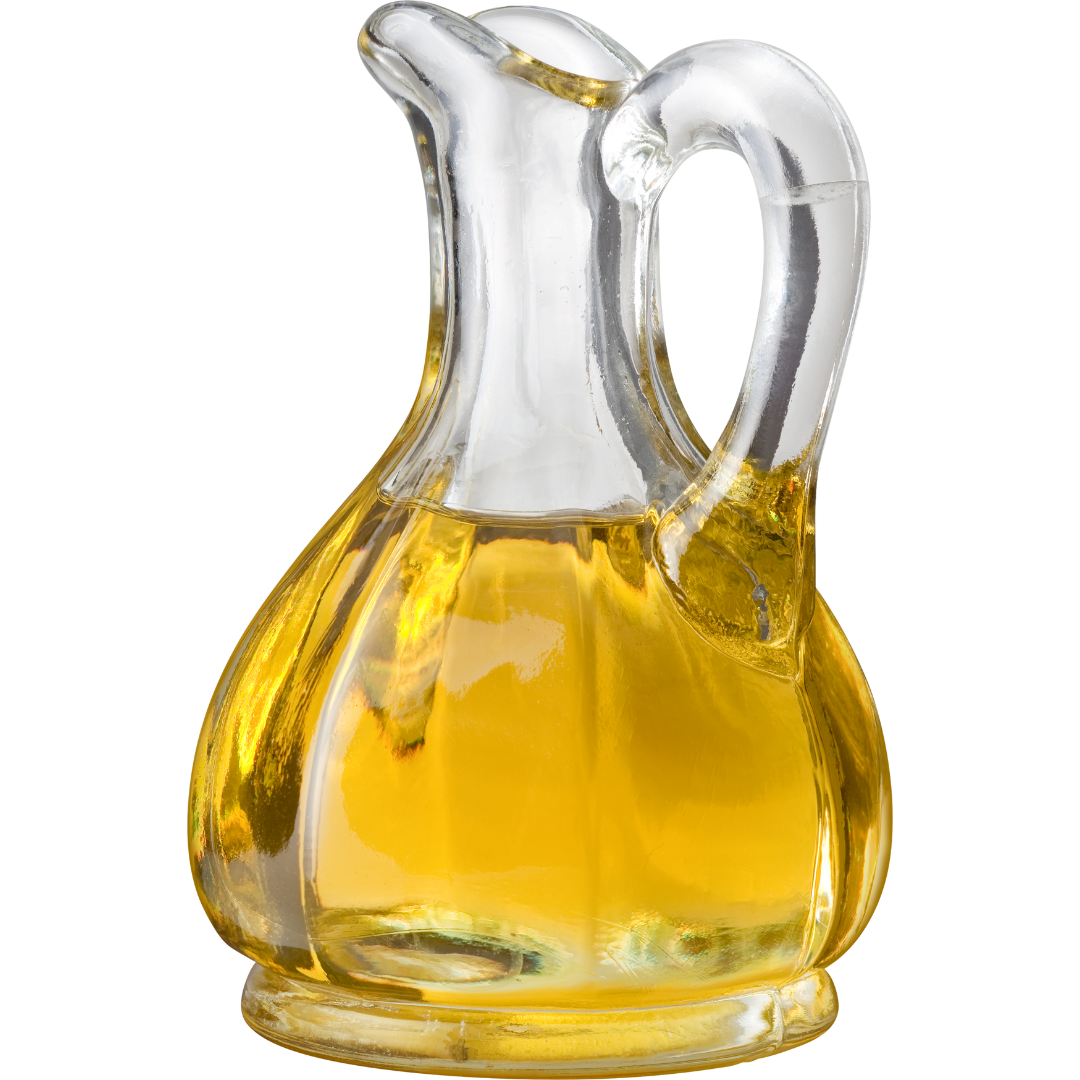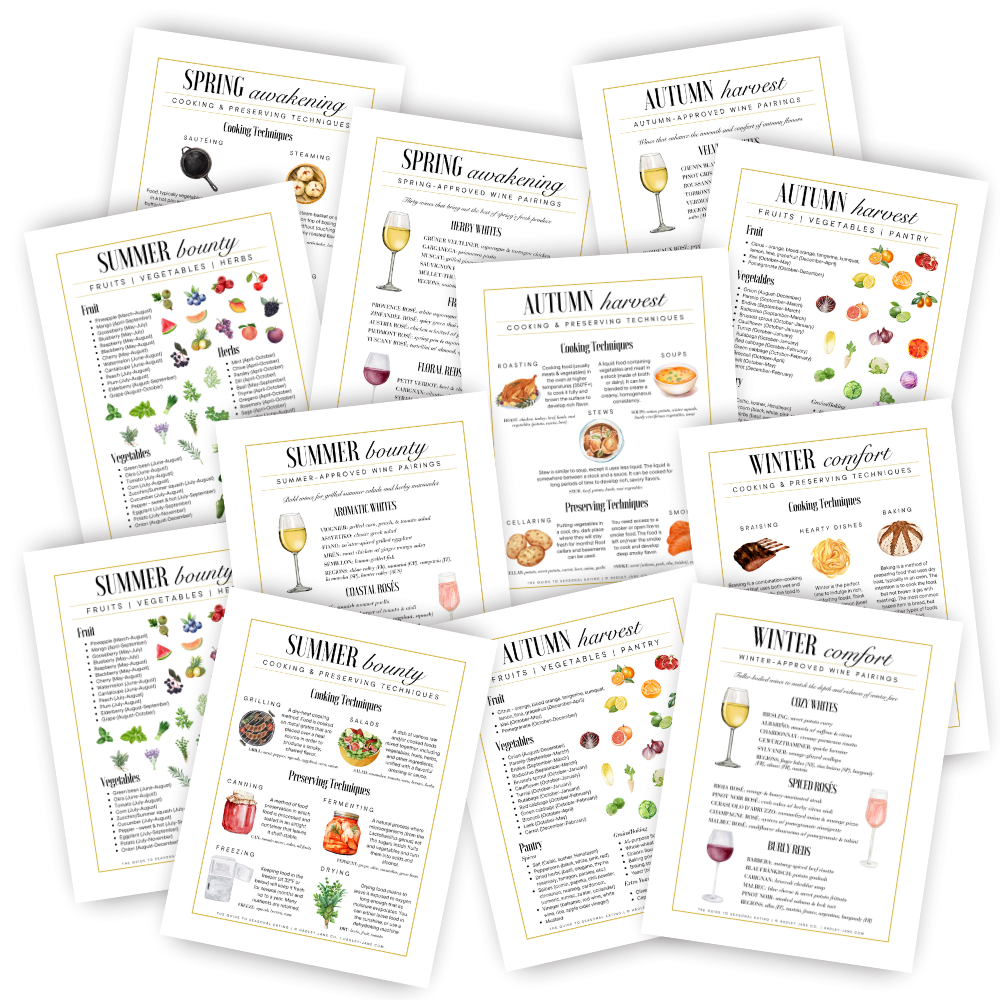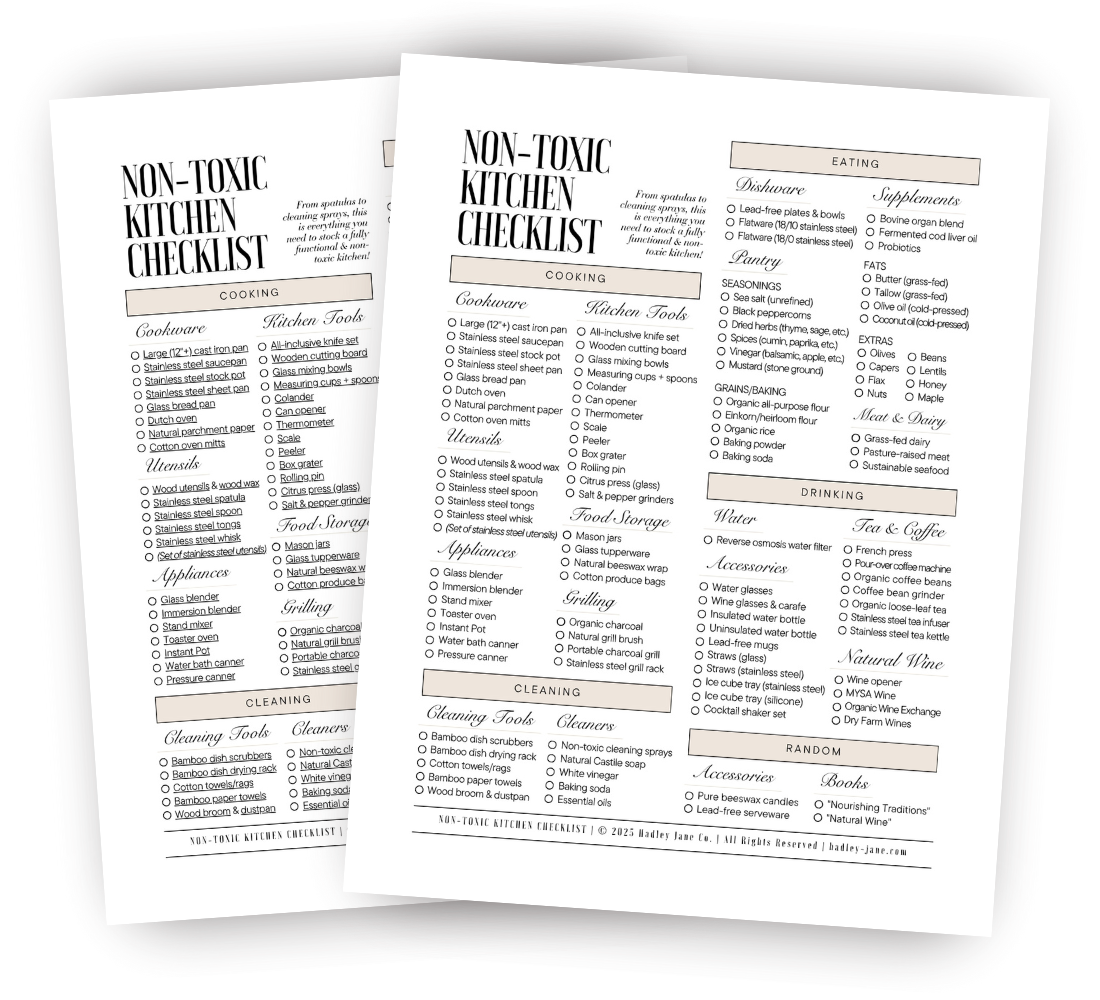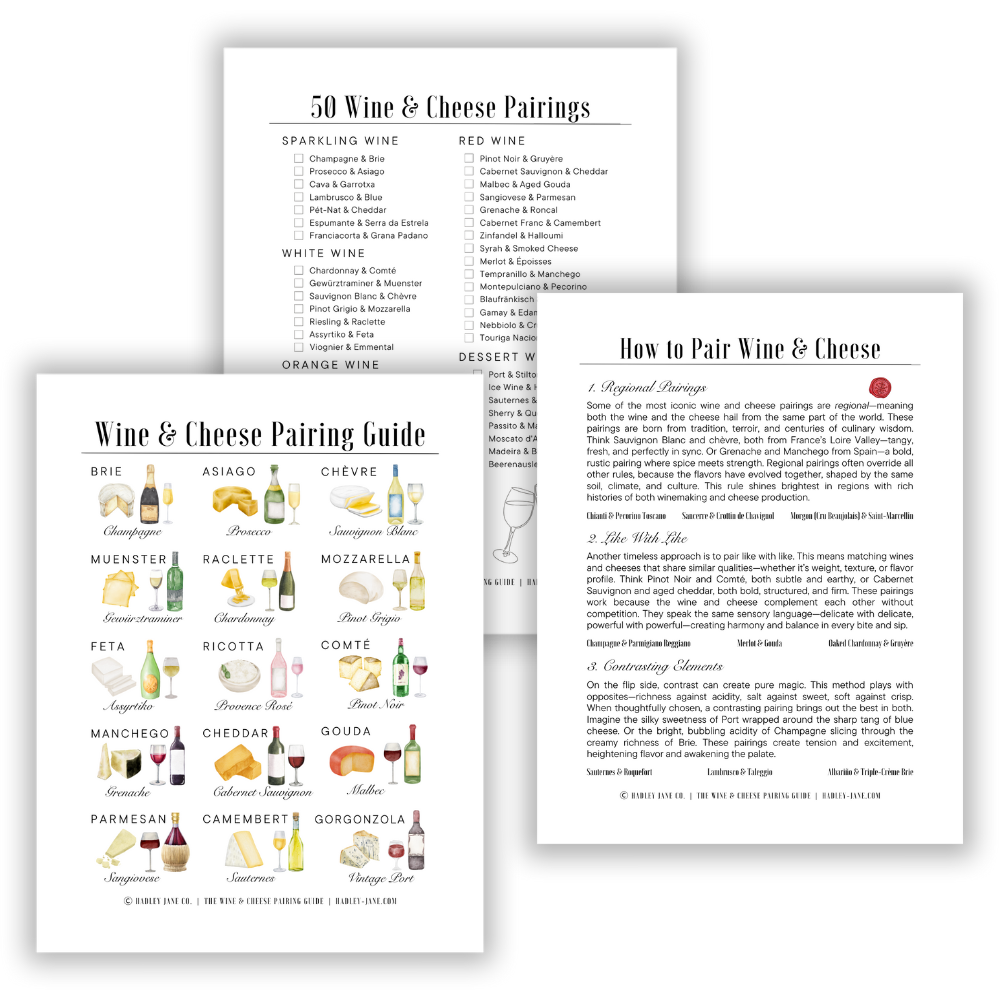
BY HADLEY JANE
This site contains affiliate links, view my disclosure for more information.
This site contains affiliate links; view my full disclosure.
From spatulas to cleaning sprays, this is the ultimate checklist of non-toxic kitchen essentials to not only stock an extremely functional kitchen, but a healthy one, too. It’s the most useful, in-depth resource for non-toxic kitchenware on the internet. You will know EXACTLY what to buy — what material, which brand, and what to avoid. As a passionate enthusiast for natural living, I’ve put together this resource of over 100 non-toxic kitchen swaps to save you HOURS of researching. We’ll cover everything from cookware to dishware to cleaning supplies and so much more. This post is BIG, so be sure to use the Table of Contents, and let’s dive in!
From the ground up… This is how to stock a non-toxic kitchen.
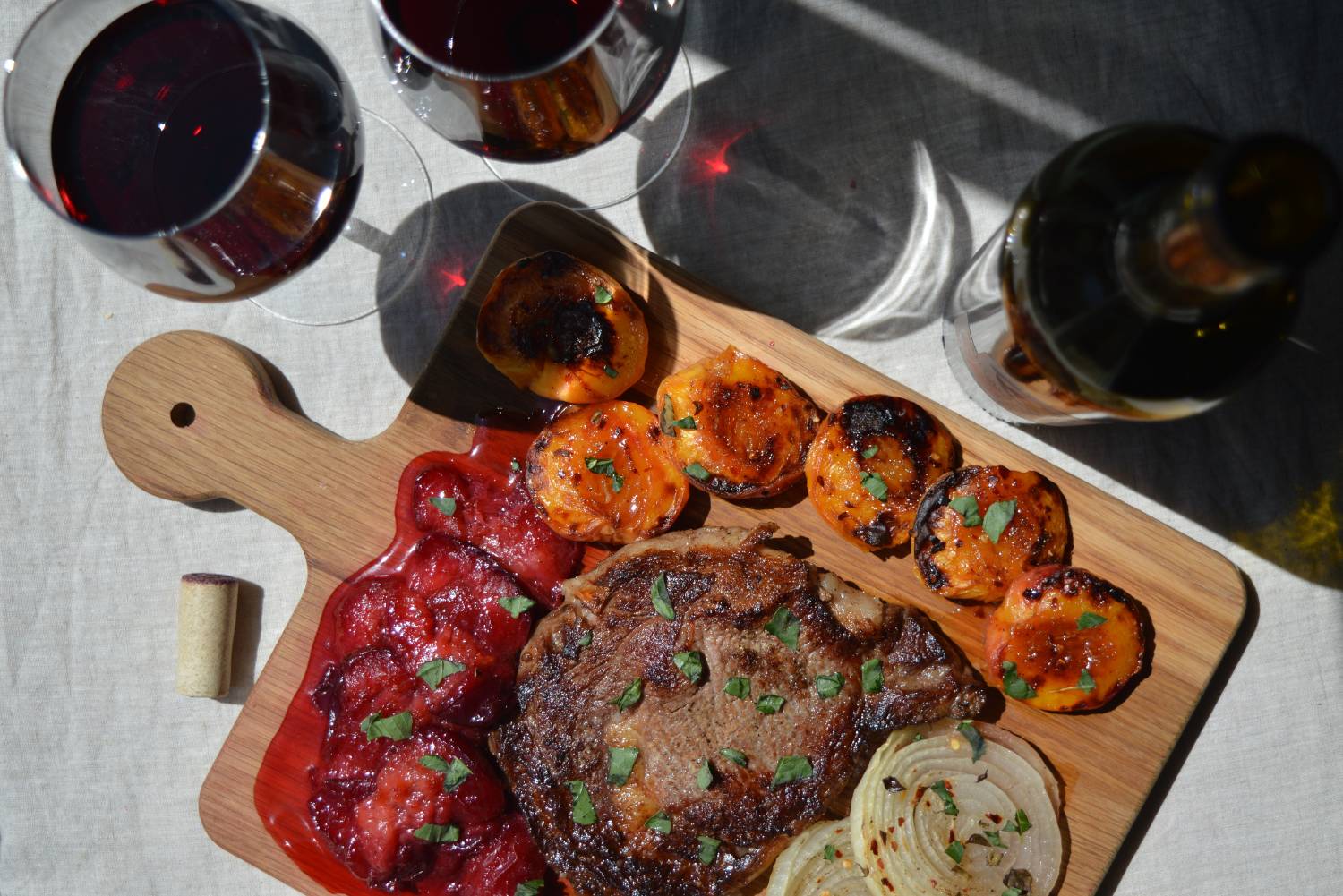
TL;DR (The Non-Toxic Kitchen Checklist)
Need to find something fast? This is the fluff-free list of LINKED non-toxic kitchen essentials that are included throughout this article. It's organized by 1. cooking, 2. cleaning, 3. eating, 4. drinking, and 5. "random" (books, decorations, etc.).
1. COOKING
Cookware
Cooking Utensils
Non-Toxic Grilling
Kitchen Supplies
- Beginner (10-piece) knife set
- Professional (23-piece) knife set
- Wooden cutting board
- Large glass mixing bowl (single)
- Set of 10 glass mixing bowls
- Measuring cups + spoons (set)
- Colander
- Can opener
- Thermometer (battery-operated)
- Thermometer (instant-read, no battery)
- Digital scale
- Peelers
- Coarse grater (single)
- Set of 5 unique graters
- Rolling pin
- Citrus press
- Salt & pepper grinders
2. CLEANING
3. EATING
Dishware
Pantry
- Azure Standard (bulk grains, spices, fruit & veg, meat & dairy, etc.)
- Bona Furtuna (organic Sicilian olive oil, vinegars, and pasta)
4. DRINKING
5. ACCESSORIES & BOOKS
Kitchen Accessories
Books
- "Nourishing Traditions" (by Sally Fallon)
- "Deep Nutrition" (by Catherine Shanahan)
- "The Mediterranean Dish" (by Suzy Karadsheh)
- "Wild Fermentation (by Sandor Katz)
- "Natural Wine" (by Isabelle Legeron)
- "You Had Me At Pét-Nat" (by Rachel Signer)
- "French Women For All Seasons" (by Mireille Guilliano)
- "Cork Dork" (by Bianca Bosker)
- "Wine Unraveled" (by Hadley Jane)
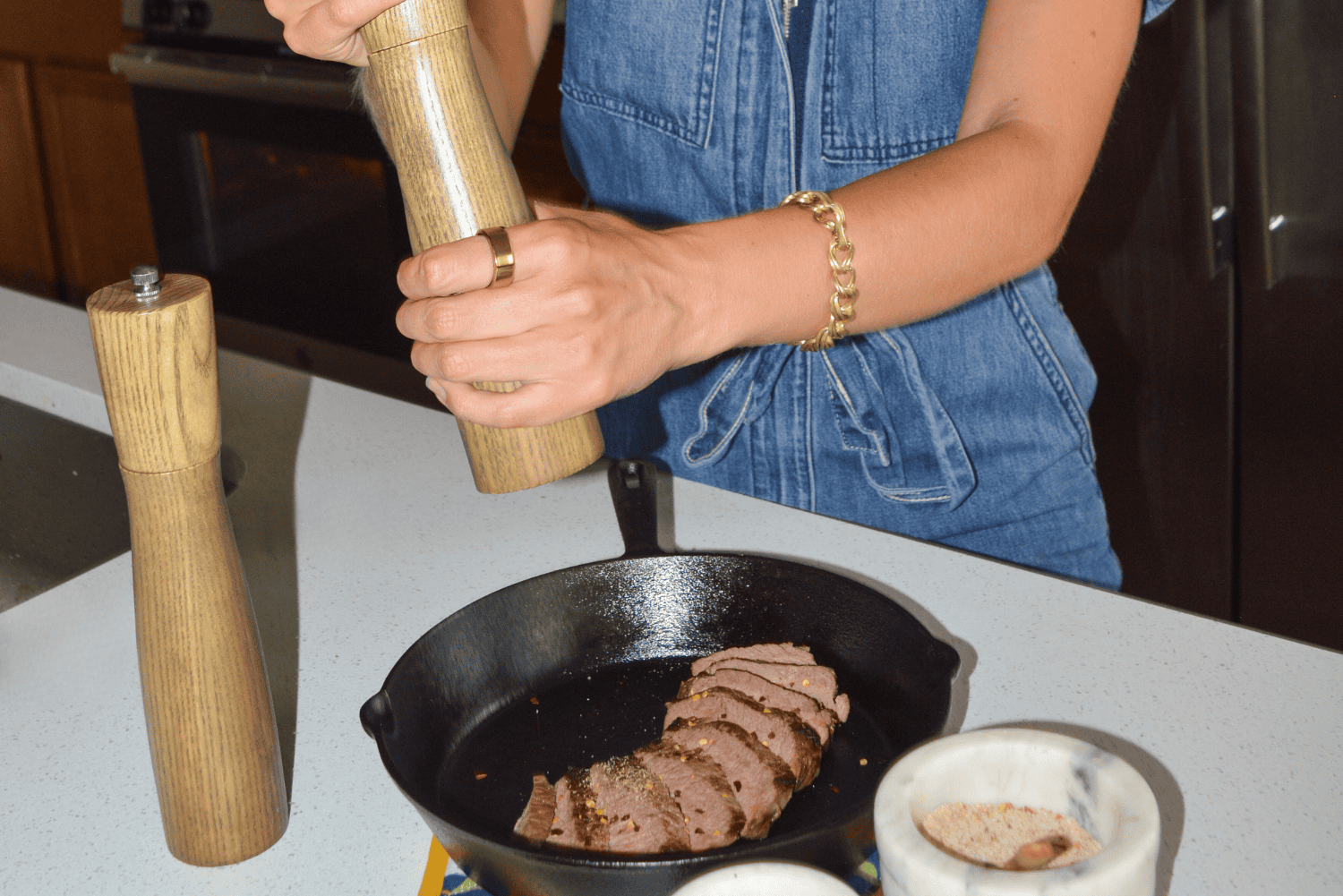
3 Non-Toxic Kitchen Swaps You Need To Make RIGHT Now
Everyone uses these 3 things almost every day… and most of what’s available on the market is filled with chemicals. They leach microplastics into your food (like 50,000 particles per year) so it’s critical to get them out of your kitchen right away. What are they? Those pans, cooking utensils, and food storage containers. These are the 3 non-toxic kitchen swaps you must make today.
1. Cookware
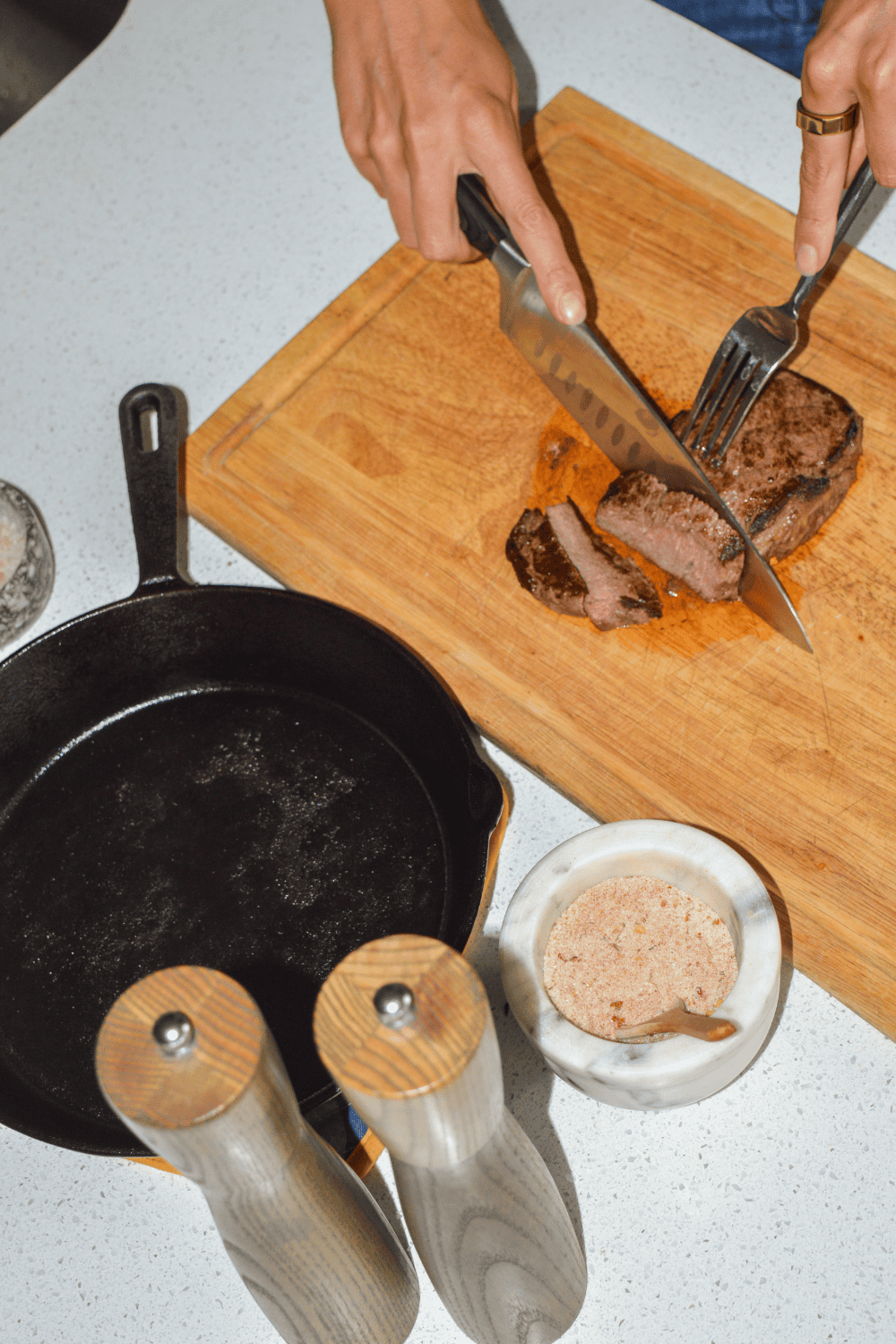
HINT: The best non-toxic cookware is not that shiny new “non-toxic, non-stick” pan with millennial-approved marketing. It’s definitely not the Teflon-coated pan you’ve been using for a decade (time to throwwww that thing out).

2. Cooking Utensils
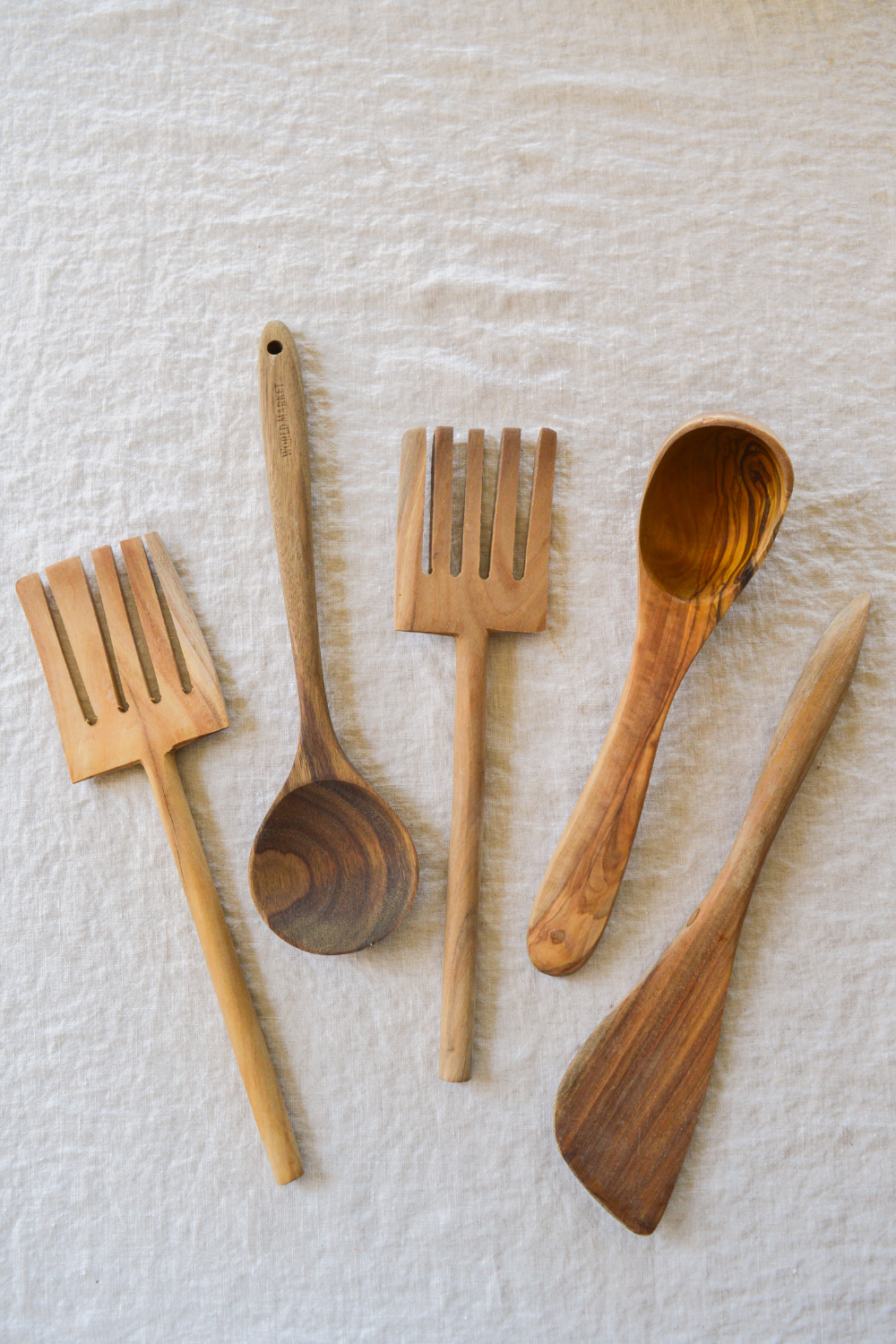
How many of us have fallen for that cute “non-toxic silicone cooking utensil set” on Amazon?
Sadly, these plastic cooking utensils are known to leach chemicals and microplastics into our food. The harm? Microplastics are linked to heart attacks, hormone imbalances, fertility issues, gut issues, impaired learning and memory, and so much more. (Source: EWG)

3. Food Storage
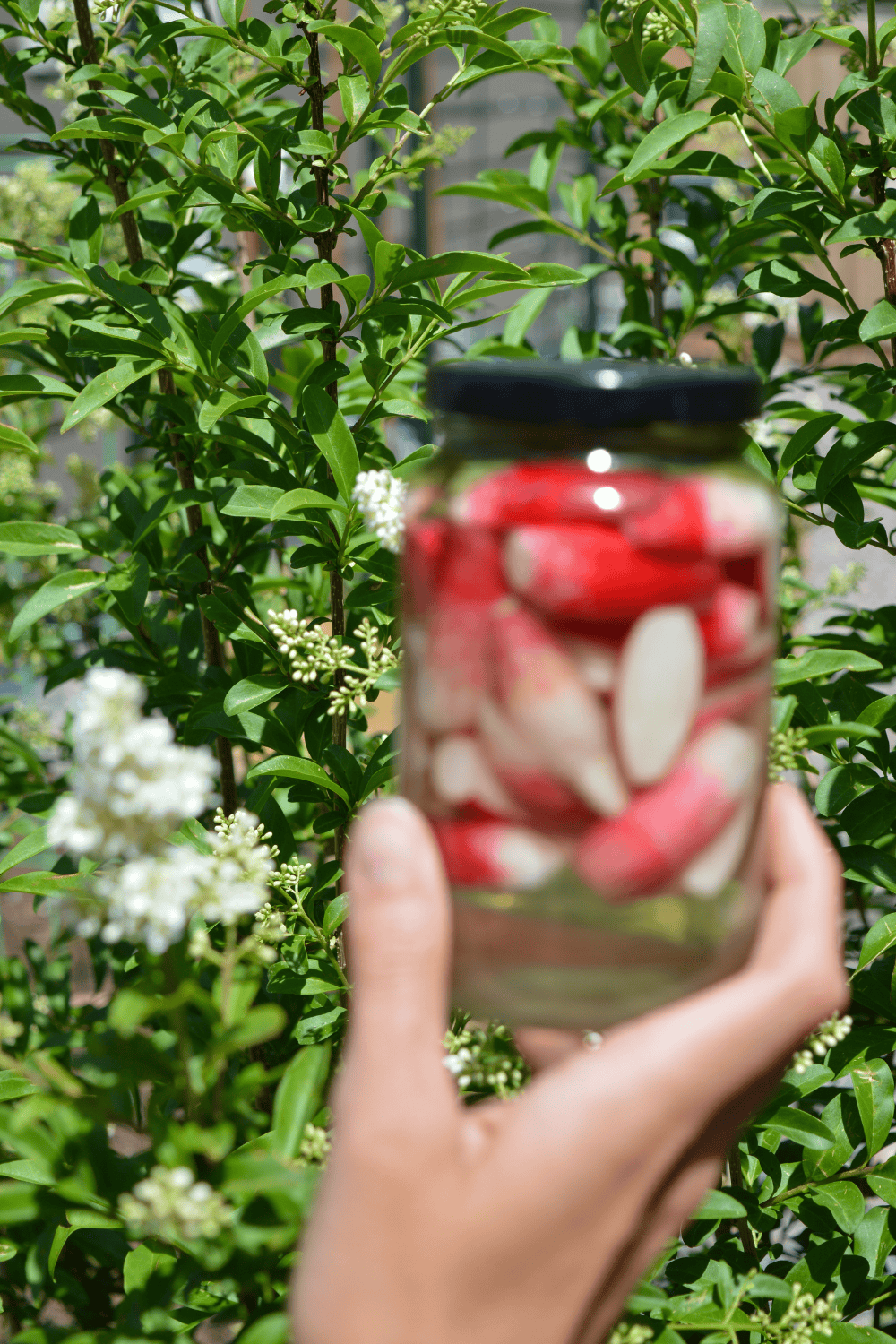
Last, but certainly not least, is food storage…
Microwaving a plastic food container releases BILLIONS of nanoplastics into the food. (Source: University of Nebraska) “Nanoplastics are synthetic polymers with dimensions ranging from 1 nm to 1 μm,” as described in the article. That means they are very small — too small to see, and small enough to enter our cell walls.
Even cold and room-temperature food isn’t safe from plastic.
This study (ACS Publications) found that millions to BILLIONS of microplastics and nanoplastics are found in cold and room-temperature foods that were stored for at least 6 months in plastic containers. (Like, most of what’s in the grocery store?)

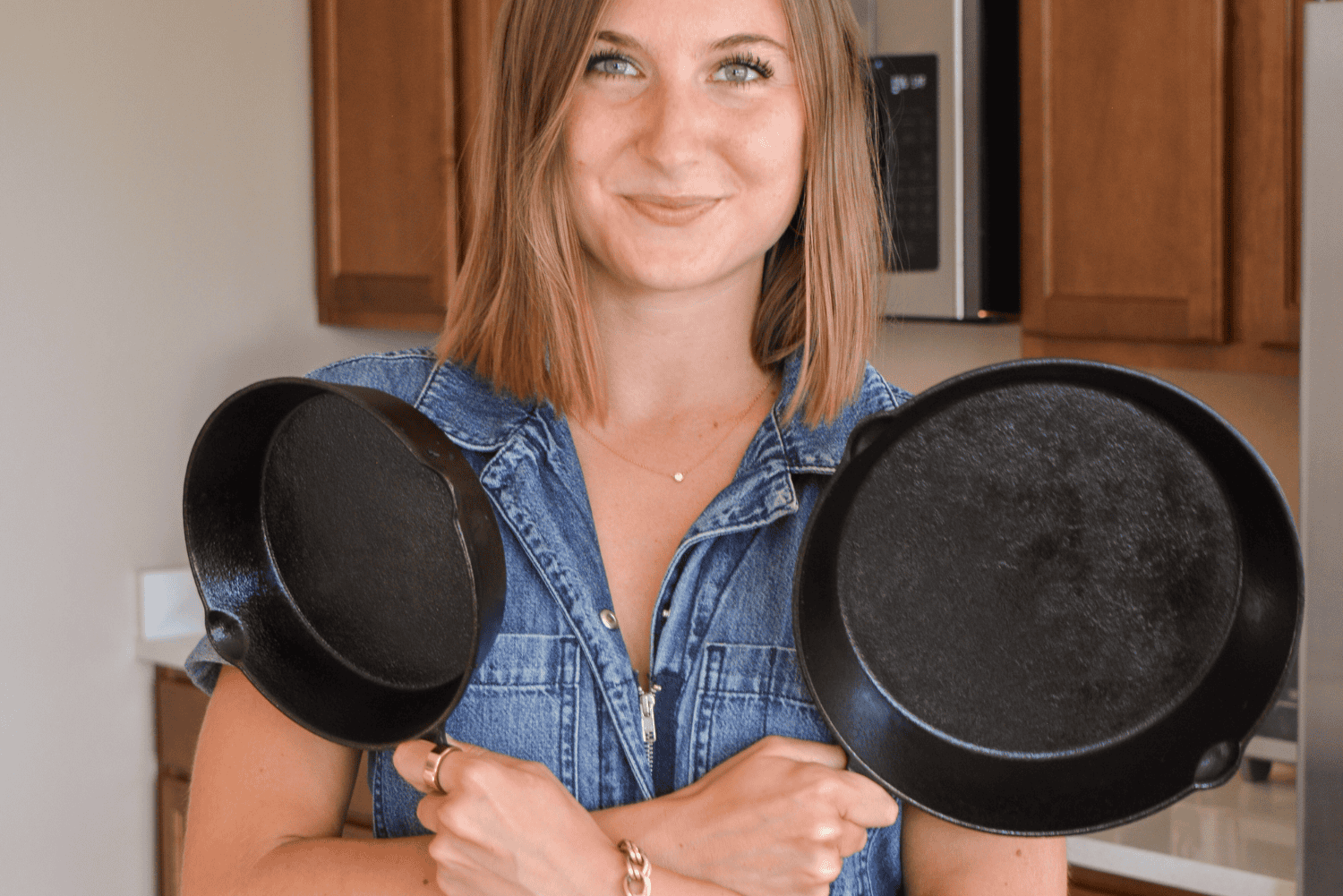
1. Non-Toxic Cookware
The safest cooking materials are cast iron, stainless steel, 100% pure ceramic, and glass. Here's what you need to know about them.
Cast Iron
Cast iron is the quintessential non-toxic cookware.
It’s so affordable (like $30 or less) and lasts for generations. The BEST thing about cast iron is how versatile it is — you can throw it into a 700ºF oven to make pizza or roast it over an open fire. It’s amazing for fried eggs on the stovetop or baking a flaky galette.
My Favorite Company: Lodge Cast Iron
What you need to know about cooking with cast iron:
- Never wash it with soap.
- Keep it well-oiled (known as “seasoned”).
- Let it heat up slowly (it retains heat super well).
- It's not great for liquidy foods, like soup or tomato sauce. It's best for baking, frying, and sautéing.
Stainless Steel
Good stainless steel is an investment, but one you’ll cherish for many years to come.
It’s more expensive (like $100-$300), but the quality is superb. It’s perfect for pan-frying anything, from fish filets to crispy potatoes. It’s also great for sauces and soups.
My Favorite Company: Heritage Steel
This is the proper way to cook with stainless steel:
- Heat the pan on medium/high for a few minutes.
- Splash a little bit of water on the pan. You will know it’s hot enough when the water droplets don’t evaporate - instead, they form into little marbles that dance around the pan.
- Turn the heat down to low/medium. Let it cool for a minute or two.
- Pour in your cooking fat (butter, tallow, olive oil, etc.).
- Once the fat is hot/melted, you’re ready to cook!
100% Pure Ceramic
“Ceramic-coated” will NOT do — many companies just slather on a thin layer of ceramic over a totally toxic cookware material and call it a day.
We need 100% pure ceramic, made of clay, without any chemical fillers. It’s very expensive (like $100-$500), but the quality is outstanding. You can cook EVERYTHING in it — the options are truly limitless.
My Favorite Company: Xtrema Cookware
What you need to know about cooking with ceramic:
- It CANNOT be used on induction stovetops.
- You must follow the temperature instructions exactly (they have temperature limitations).
- Don’t expose it to extreme temperature fluctuations (it can crack).
- Never use metal utensils (to keep the clay in pristine condition).
Glass (Bakeware)
Glass is the best for non-toxic bakeware. (You cannot use it on the stovetop!)
Choose a glass bakeware without any “coatings” on it. There are different quality levels, too, but most glass is safe to use for baking.
My Favorite Companies: Pyrex or Anchor Hocking
What you need to know about baking with glass:
- It cannot be used on the stovetop.
- Don’t expose it to temperature extremes (it can shatter).
- The highest-quality (and most shatter-resistant) is made of borosilicate glass.
The Cookware Essentials
Alright, let’s stock your non-toxic kitchen. These are the 6 essential pots/pans you need.
QUICK OVERVIEW
1. 15” Cast Iron Pan
Any large cast iron pan will do. For its versatility and delicious results, it’s an essential for everyday cooking.
2. Stainless Steel Saucepan
This stainless steel saucepan is wide enough to use for frying, but narrow enough for sauces and soups.
3. Stainless Steel Pot
You can’t make pasta without a large stainless steel pot! It’s also great for soup, chili, etc.
4. Stainless Steel Sheet Pan
This large stainless steel sheet pan is great for roast chicken, crispy potatoes, kale chips, and everything in between.
5. Glass Bread Pan
Different styles of bread baking require different pans (like a Dutch oven for a sourdough boule), but this rectangular glass bread pan can be used for cakes, sandwich bread, banana bread, and many other classic baked goods.
6. Muffin Pan
This cast iron muffin pan is at the bottom of the list because you could get on without it, but it is sooo useful for making delicious treats like muffins (of course), breakfast egg cups, soufflés, and more!
Unbleached Parchment Paper
If you want to use parchment paper, I'd recommend an unbleached, chlorine-free parchment paper.
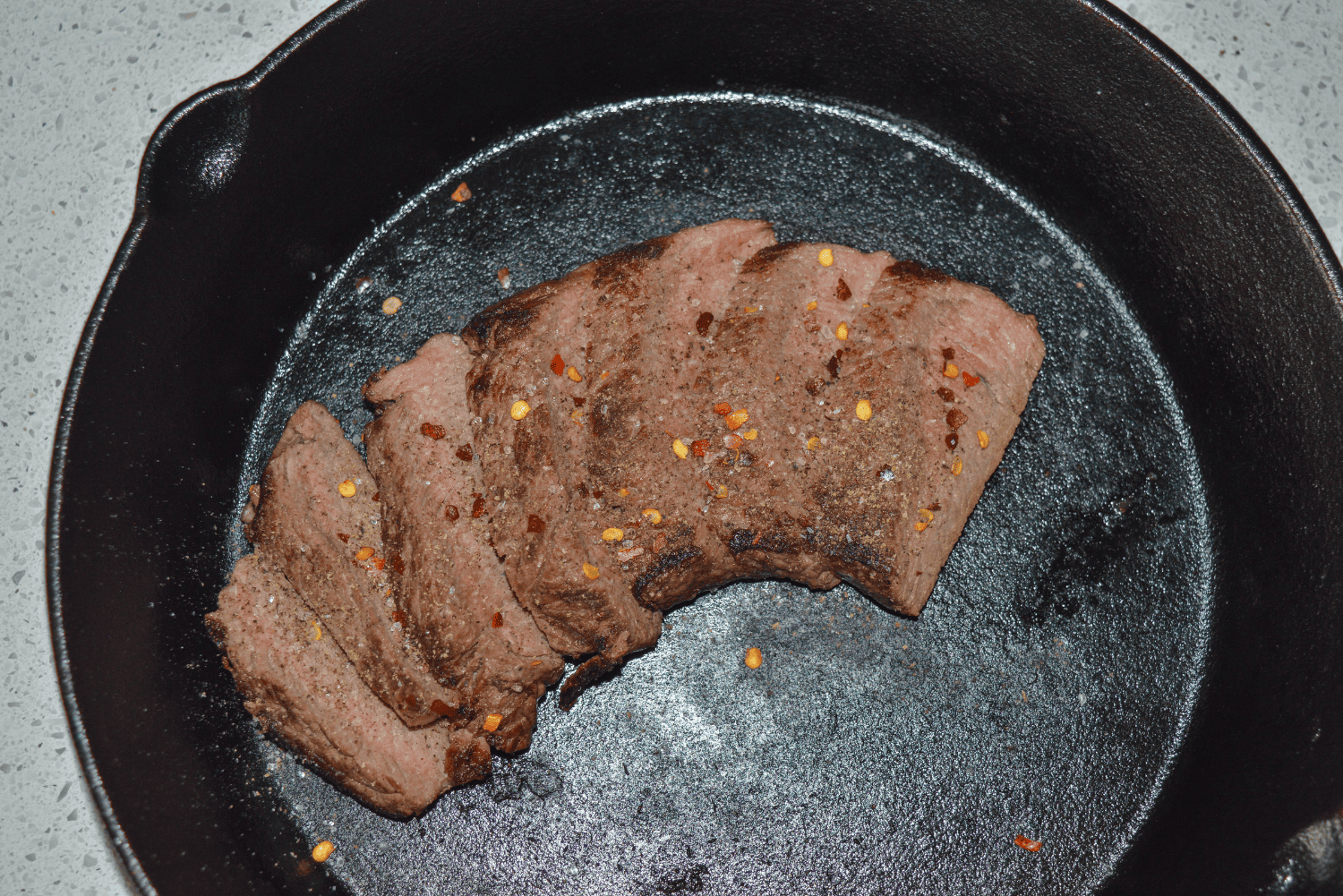
Non-Toxic Grilling
If you haven’t gotten into grilling, you absolutely should. There’s nothing like grilled peaches on a hot summer day, or a juicy grilled steak on a cold winter night.
1. Organic Charcoal
Most grilling charcoal is made with nasty chemicals. These organic charcoal briquettes are made of 100% recycled olive tree byproducts (from pruned branches and olive pits — no trees are harmed in the making!). They’re also naturally smoke-free.
2. Natural Grill Brush
The metal bristles of a wire grill brush can get into your food and tear up your stomach. No, thank you! This natural grill brush is made entirely of biodegradable materials that won’t cause you harm. Plus, the natural bristles absorb oil and season your grill.
3. The Grill
There are so many grills to choose from. For easy, everyday use, this portable 22” Charcoal Grill from Weber is more than enough.
The grill plates are “plated steel”, and they don’t specify what it actually is, so I would recommend replacing it with a 22” stainless steel grill plate.
TIP: Avoid Aluminum
I know, we’ve all used aluminum foil to cook food. But we now know that aluminum is toxic to us, so it’s better to not use it.
The results of this study “clearly showed the occurrence of aluminum contamination of food when it is prepared by baking in aluminum foil.” So you should definitely not cook your food in it.
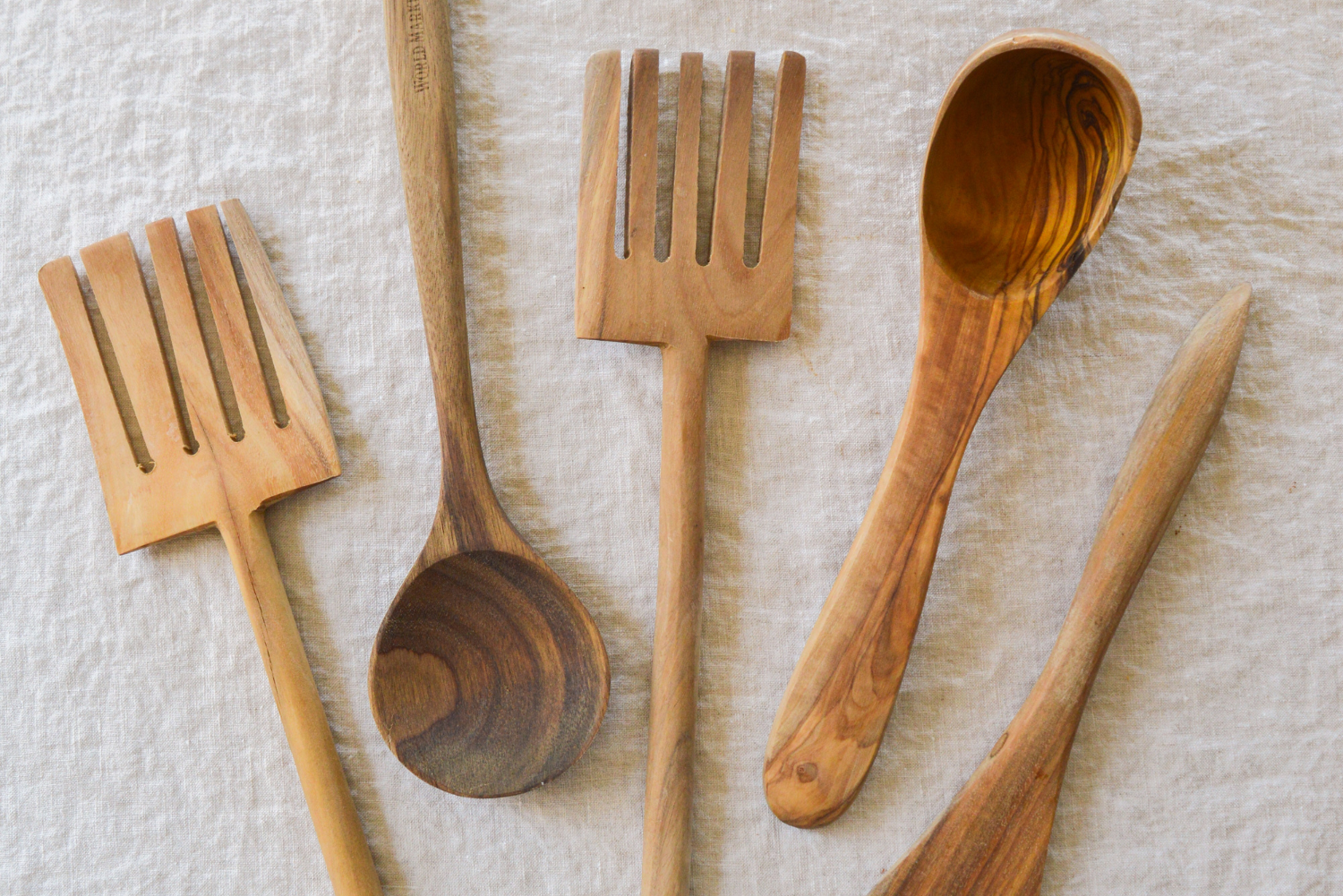
2. Non-Toxic Kitchen Utensils
The best cooking utensils for health are made of uncoated wood and stainless steel. Each one has its benefits.
Uncoated Wood
Wood is an all-natural cooking utensil material, but you need to avoid any that have “coatings” or “treatments”, which are usually a chemical concoction. You want pure, untreated wood.
Untreated wood might look drab when you first buy it, but once you treat it with an all-natural wood wax made of beeswax and walnut oil, it will look gorgeous.
Stainless Steel
Stainless steel is non-toxic and extremely durable. It’s thin, which is great for getting under crispy layers of flaky fish or potatoes.
The Essential Cooking Utensils
These non-toxic cookware utensils are all you need to stock your non-toxic kitchen.
1. LONG SPATULA
This non-toxic spatula is long and very thin — perfect for delicate pieces of fish and vegetables.
3. Go-To Wooden Spatula
The wooden spatula is your everyday tool. It’s simple and easy. If you want a full set, this untreated wooden cooking utensils set is great.
You'll want to protect it with an all-natural wood wax (this one is made with just beeswax and walnut oil).
4. HEAVY-DUTY TONGS
Stainless steel tongs are essential for pulling pasta from salty water, or flipping a pan-seared steak.
5. WHISK
A stainless steel whisk is essential for so many tasks… Like whipping up cake batter, emulsifying a dressing, or foaming delicate egg whites.
STAINLESS STEEL COOKING UTENSILS SET
This stainless steel cooking utensils set by Made In includes your ladle, whisk, spatula, and tongs for a bundle price.
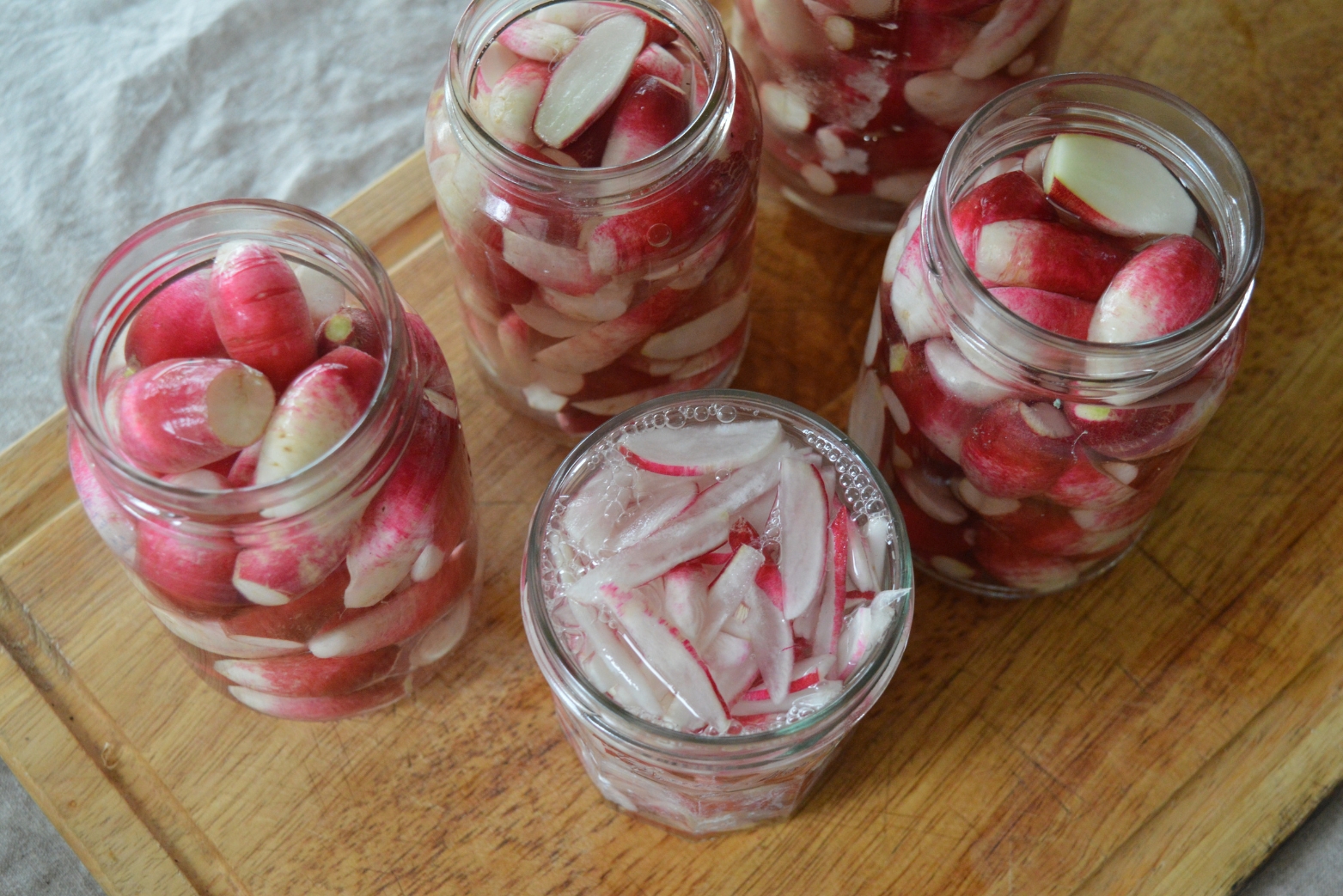
3. Non-Toxic Kitchen Storage
For canned jam and leftover lasagna, glass is essential for non-toxic kitchen storage.
Why Glass?

You should avoid plastic at all costs, and replace it with glass.
- It’s non-porous (doesn’t absorb smells or flavors).
- It’s inert (doesn’t react chemically with other materials).
- There are no chemicals (nothing can leach into your food).
- It’s durable (it will last for many, many years).
- It’s 100% recyclable.
Kitchen Storage Essentials
Even if you’re not a pro canner or a meal-prepping extremist, these non-toxic kitchen storage containers are a must-have.
1. Mason Jars
“Mason jars” are a style of jar, and are made by different companies (Ball and Kerr are two of the most popular).
They’re thick, wide-mouthed glass jars with airtight screw-on lids that are approved for home canning, but they’re great for lots of other things, too.
What you can store in Mason jars:
- Bulk foods (spices, grains, etc.)
- Beverages (juice, cocktails, etc.)
- Pickled veggies (onion, cucumber, etc.)
- Salad dressings
- Canned foods (using a water bath canner or pressure canner)
- … and leftovers!
You can find TONS of them at the thrift store (for super cheap). If you'd prefer a new set (I don't blame you), this set of 12 Mason jars is affordable and will last forever.
2. Glass Tupperware
Stackable glass Tupperware is so useful for storing your food in the fridge.
Investing in a set with many different sizes will be the most versatile — large ones for meal prepping, tiny ones for leftover bits and bobs… This 30-piece set made with borosilicate glass is great.
3. Natural Beeswax Wrap
Plastic wrap won’t fly in this non-toxic kitchen.
Natural beeswax wrap is great for so many things. Wrap it around your half-eaten avocados, your bowl of fermenting sourdough, or your meal-prepped sandwiches.
4. Organic Cotton produce Bags
These reusable organic cotton produce bags are perfect to take to the market for all your fresh produce, as well as storing it in the fridge once you get home.
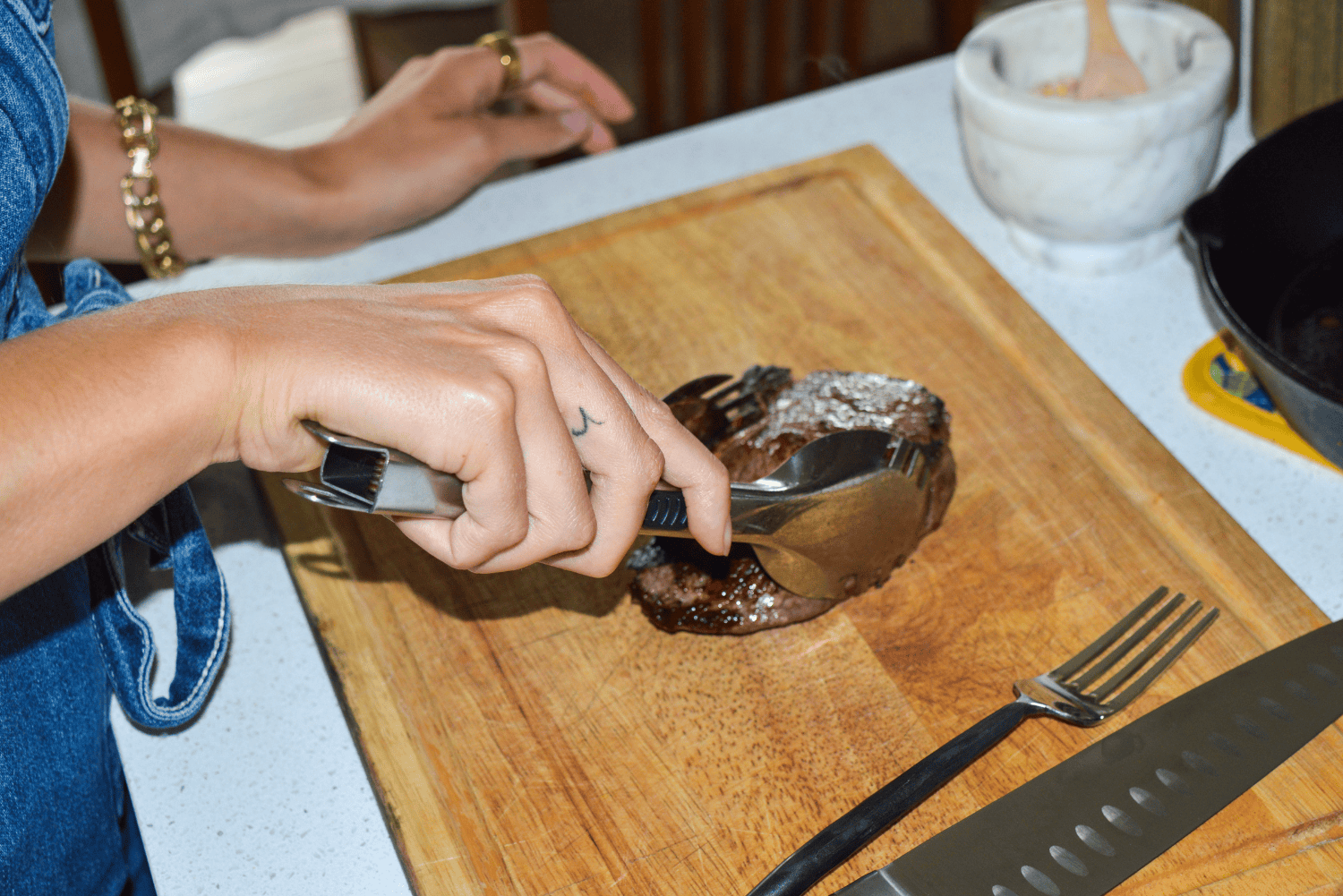
4. Non-Toxic Kitchen Supplies
The basics of non-toxic kitchen supplies include a knife set, a wooden cutting board, and at least 1 glass mixing bowl. To stock a very functional kitchen, I’ve included all the non-toxic kitchen products you might want to have on hand.
The 3 Kitchen Supplies You Need
You can’t get by without a knife, something to cut your food on, and something for mixing it all together.
1. Knife Set
Non-toxic kitchen knives are easy to come by because most of them are made of stainless steel. Good-quality knives are expensive, but it’s something you deserve to invest in since you'll own them forever. (See the theme here? Quality = durability.)
10-PIECE BEGINNER SET
This beginner 10-piece knife set by Zwilling is highly rated among kitchen connoisseurs. It has a chef’s knife, bread knife, and paring knives for all your slicing & dicing needs. However, it does NOT include steak knives.
23-PIECE ADVANCED SET
This professional 23-piece knife set by Cangshan is the real deal. It’s got everything you could ever need — chef’s knif, bread knife, butcher knife, pairing knife, fork knife, steak knives, shears, and so much more.
2. Wooden Cutting Board
You should never use a plastic cutting board.
“At the end of {this study}, they found that plastic cutting boards resulted in 1,114 microplastic particles (pieces of plastic less than 5 millimeters long) on the {food} each time the board was used,” described by The Kitchn. No, thank you!
A large wooden cutting board is the way to go. Get one that is untreated/uncoated, just like the wooden cooking utensils.
You need to properly clean your wooden cutting board, or it can harbor bacteria.
- Wash the board with non-toxic soap (don’t worry, we’ll get there!).
- Sprinkle it with baking soda.
- Take a lemon (cut in half) and scrub it into the baking soda.
- Pour white vinegar on top.
- Wash it all away.
- Repeat weekly.
More Helpful Kitchen Tools
There aren’t many kitchen tools you need to stock a totally functional kitchen. Ignore all the kitschy gadgets and stick with the basics.
2. Measuring Cups & Spoons
Stainless steel is the way to go for non-toxic measuring cups. This set of measuring cups and measuring spoons includes all the sizes you could need.
5. Thermometer (Digital)
A stainless steel thermometer is critical for cooking meat. For safe consumption, chicken is supposed to reach 165ºF, beef should reach 145ºF, etc. You could get a battery-operated thermometer with a digital screen that tells you the temperature.
6. Thermometer (Instant-Read)
For a more low-tech option, this instant-read thermometer doesn’t require a battery, so it should last forever.
7. Digital Scale
A digital scale is soooo useful for baking. Recipes often include measurements by size, but it’s much more precise to use the measurements given in weight - and a digital scale allows you to do that. I've had this exact one for years!
8. Peelers
A peeler is useful for removing the skin of fruit, or gliding off a perfect sliver of Parmigiano Reggiano cheese. This can be done with a knife, but a peeler is much safer. This stainless steel peeler set is chic and functional.
9. GraterS
A “grater” is a device covered with little holes that have slightly raised cutting edges. There are different sizes which can be used for different foods. A fine grater is best for citrus zest; a coarse grater is good for shredding blocks of cheese.
5-PIECE SET
For the passionate home cook, a 5-piece grater set with a zester, fine grater, coarse grater, extra coarse grater, and ribbon grater would allow for so much creativity in the kitchen.
10. Rolling Pin
You know the drill! We want a wooden rolling pin without any chemical coatings on it.
12. Salt & Pepper Grinders
These salt & pepper grinders are made of pure Acacia wood with a stainless steel interior and ceramic grinders. They're non-toxic kitchen-approved!
Kitchen Appliances
Are you a smoothie queen? It’s time to switch to non-toxic kitchen appliances.
2. IMMERSION BLENDER
The immersion blender is a handy tool allows you to blend food inside the pot/pan! So useful.
3. Stand Mixer
Totally essential? No, of course not. But if you love baking, I highly recommend purchasing a stand mixer for all your dough-mixing needs.
4. Toaster Oven
Toaster ovens are the BEST because they’re so versatile. They can toast bread, bake a potato, and heat up leftovers in a jiffy. This stainless steel toaster oven is great.
5. Instant Pot
Ah, the all-mighty Instant Pot! I absolutely LOVE mine. I use it for stews, soups, rice, making yogurt, and even canning. The pot is made of pure stainless steel, so it's a fabulous asset to have in a non-toxic kitchen.
6. Dehydrator
Whether you're a devoted gardener or a savvy sales seeker, a dehydrator is one of the BEST ways to preserve food. It allows you to preserve your harvest or those farmers market peaches at bargain price! This is a top-rated dehydrator.
7. WATER BATH CANNER
If you're into canning (or want to start), water bath canning is the easiest way to go. All you need is a large pot and a stainless steel rack (so your jars don't break). Learn more about water bath canning! This specially-made water bath canning pot comes with a perfectly sized rack.
8. PRESSURE CANNER
If you want to dive into home-canning (which you definitely should), a canner is essential. A pressure canner allows you to pressure can AND water bath can. Learn more about pressure canning. Get on it, you self-sufficiency queen!
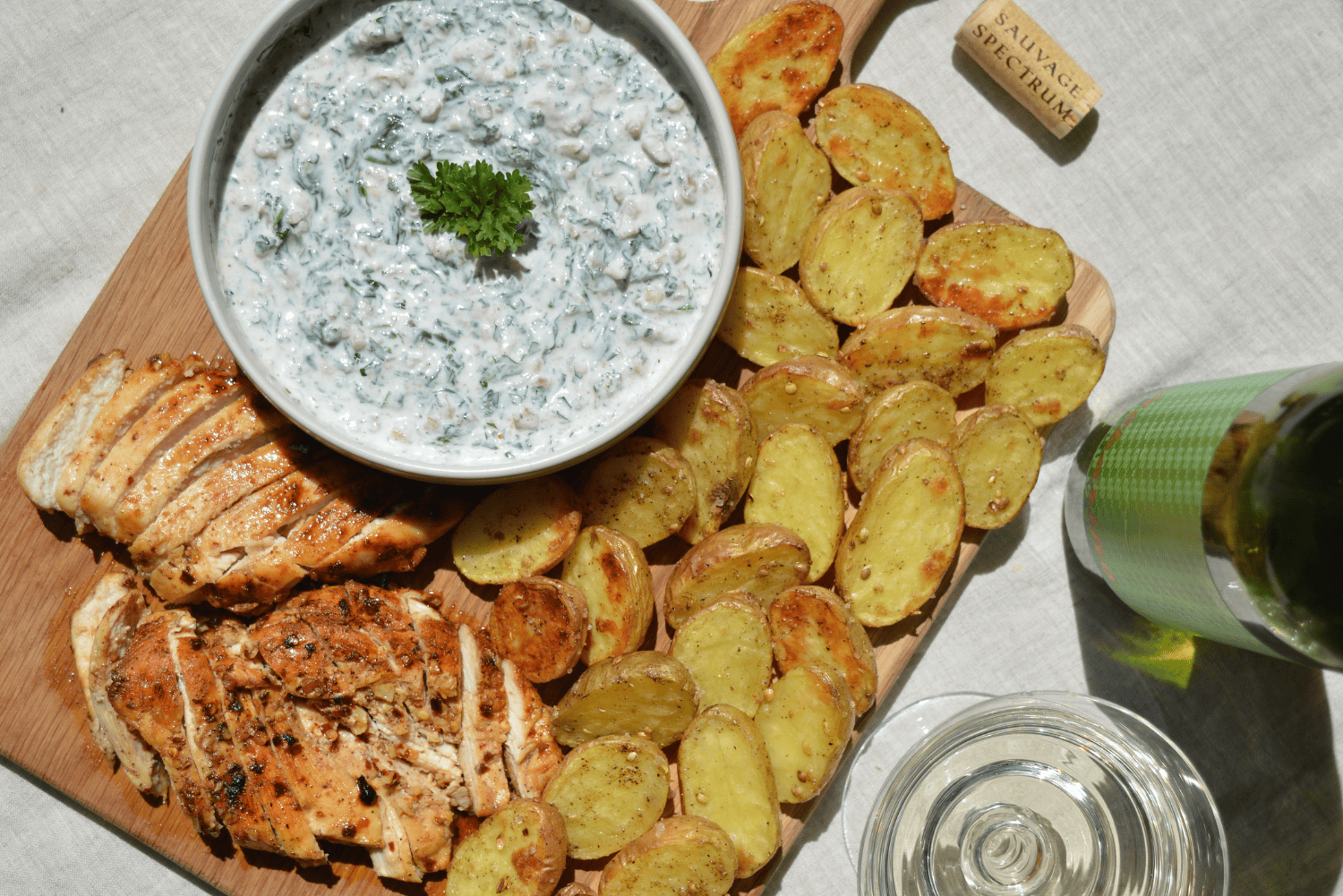
5. Eating
We could cover a LOT in this section. Of course, I included non-toxic dishware and flatware, but I also included a section on “food”. There are entire books dedicated to bringing back the wisdom of ancestral, non-industrialized, non-toxic foods… But I’ve included a short summary, alongside some of my favorite places to shop for non-toxic food online, and my FAVORITE all-natural vitamins.
Dishware
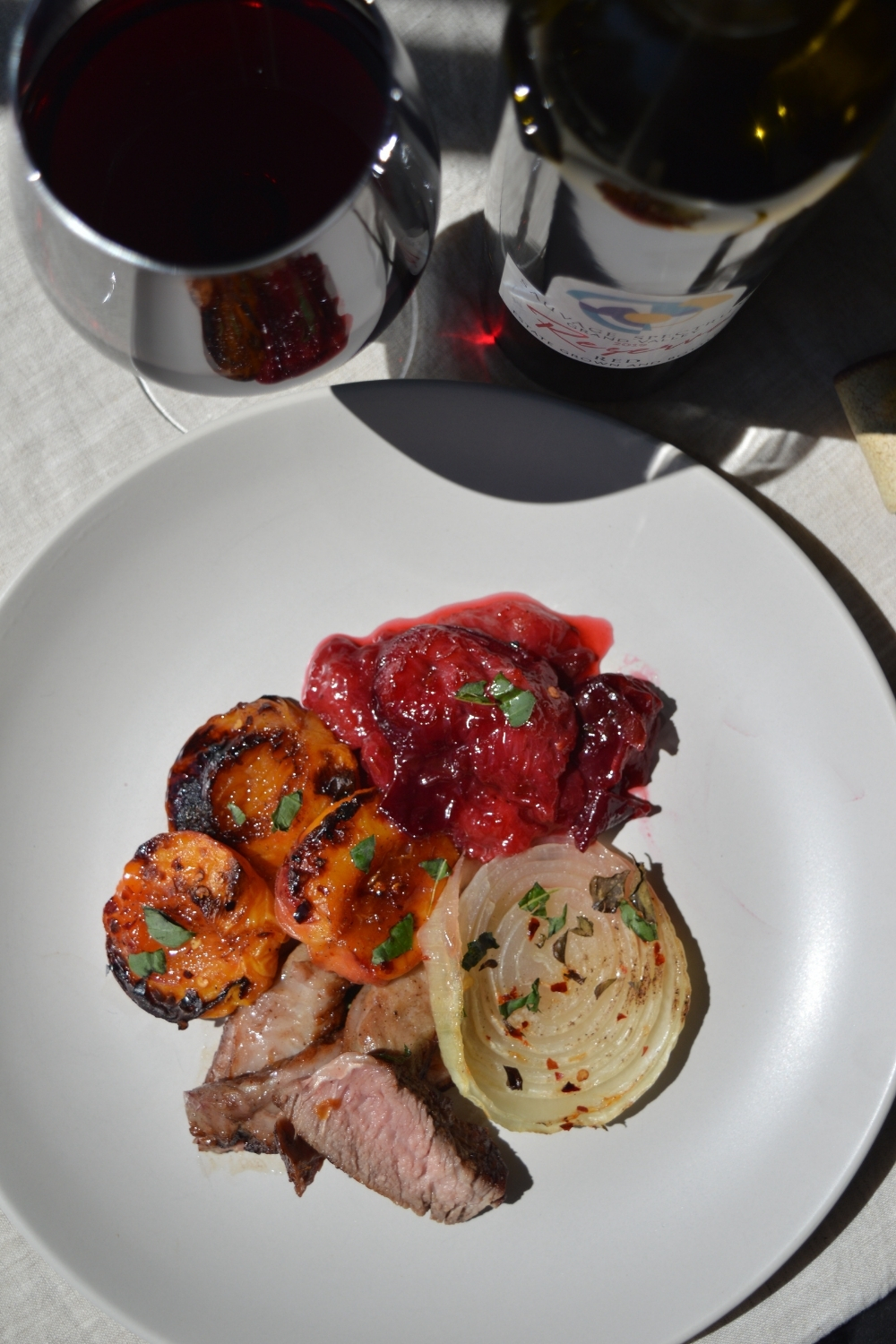
Lead is the leading issue in dishware.
It’s now known that lead is toxic to us, so good companies avoid using it. Do your research, and make sure the company states that their products are tested to be lead- and toxin-free.
My favorite non-toxic dishware company is Fable Home.
“All of our products undergo strict testing to ensure that they're lead-safe.” Plus, they work with artisans across the world to make their high-quality (ridiculously chic) kitchenware products.
Plates & Bowls
Both of these dishware companies make ceramic plates and bowls that are lead- and cadmium-free!
FABLE DISHWARE
Fable's ceramic “Dinnerware Set” comes with large plates, small plates, and bowls (4 of each) — all hand-finished in Portugal. This gorgeous set is pricy, about $150.
FAMIWARE DISHWARE
For a more affordable option (about $80), Famiware also makes a lead- and cadmium-free ceramic dishware set with large plates, small plates, and bowls.
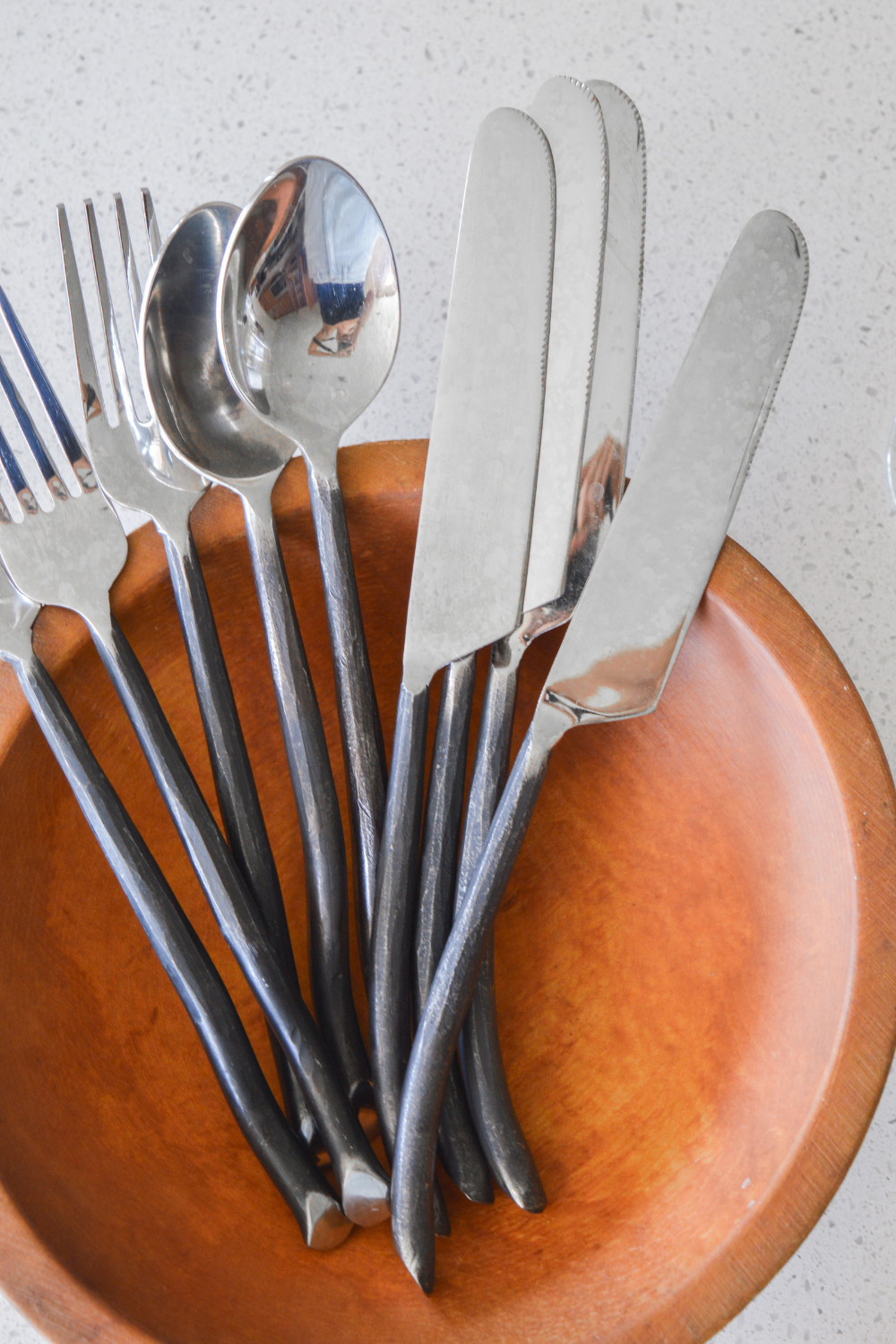
Flatware
Stainless steel is the way to go for non-toxic flatware.
Types Of Stainless Steel
I love a classic 18/10 stainless steel flatware set, and this one comes with 4 pieces each of dinner forks, salad forks, large spoons, small spoons, and knives.
But some people are allergic to nickel!
Knowing this, you may want to purchase a non-toxic stainless steel flatware set made of 18/0 stainless steel (which means it’s made with 18% chromium and 0% nickel). This 18/0 45-piece flatware set from Amazon is chic and so affordable.
Food
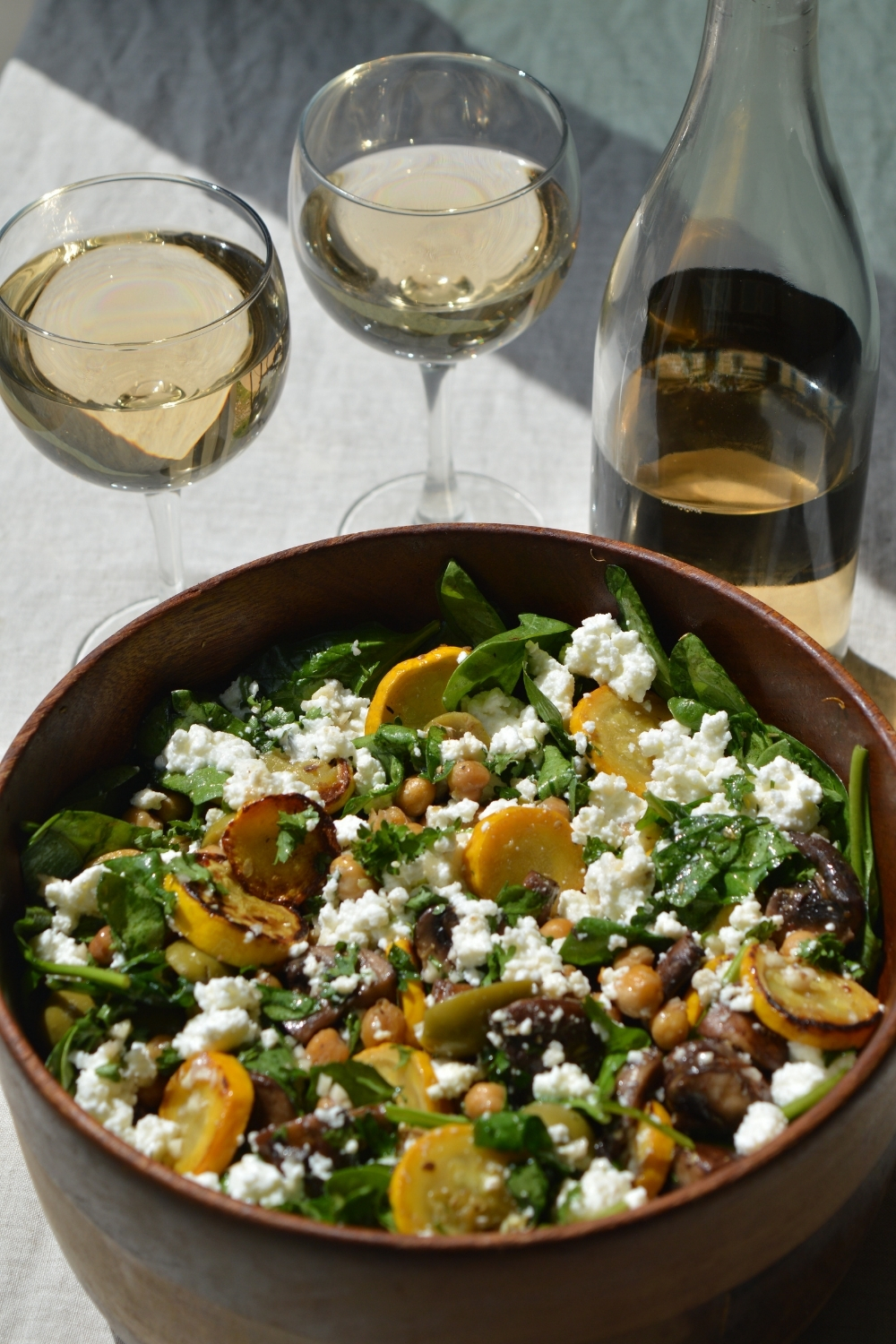
If you’re trying to stock a non-toxic kitchen, you can’t ignore the food you eat.
Everyone has different diets, preferences, and access to food, but in general, this is what you should think about…
What To Avoid
Eating a whole food-based, seasonal diet is key for your health. Here’s what you should avoid:
- Ultra-processed food
- Anything you can’t pronounce
- Seed oils (whenever possible)
What To Eat
You should always try to eat organic, local, seasonal fruits and vegetables. Grass-fed and pasture-raised meat is much higher in nutrients. This article lists a handful of reasons why grass-fed beef is so much better for you.
GRASS-FED MEAT COMPANIES
For fresh produce and meat, the BEST thing you can do is shop at your local farms and farmers' markets.
But if you don’t have access to high-quality local meat, there are great online shops like U.S. Wellness Meats (they sell all kinds of meat, soup bones, etc.) and Wild Pastures (a no-strings-attached meat subscription) that sell grass-fed, pasture-raised meat from small family farms across the U.S.
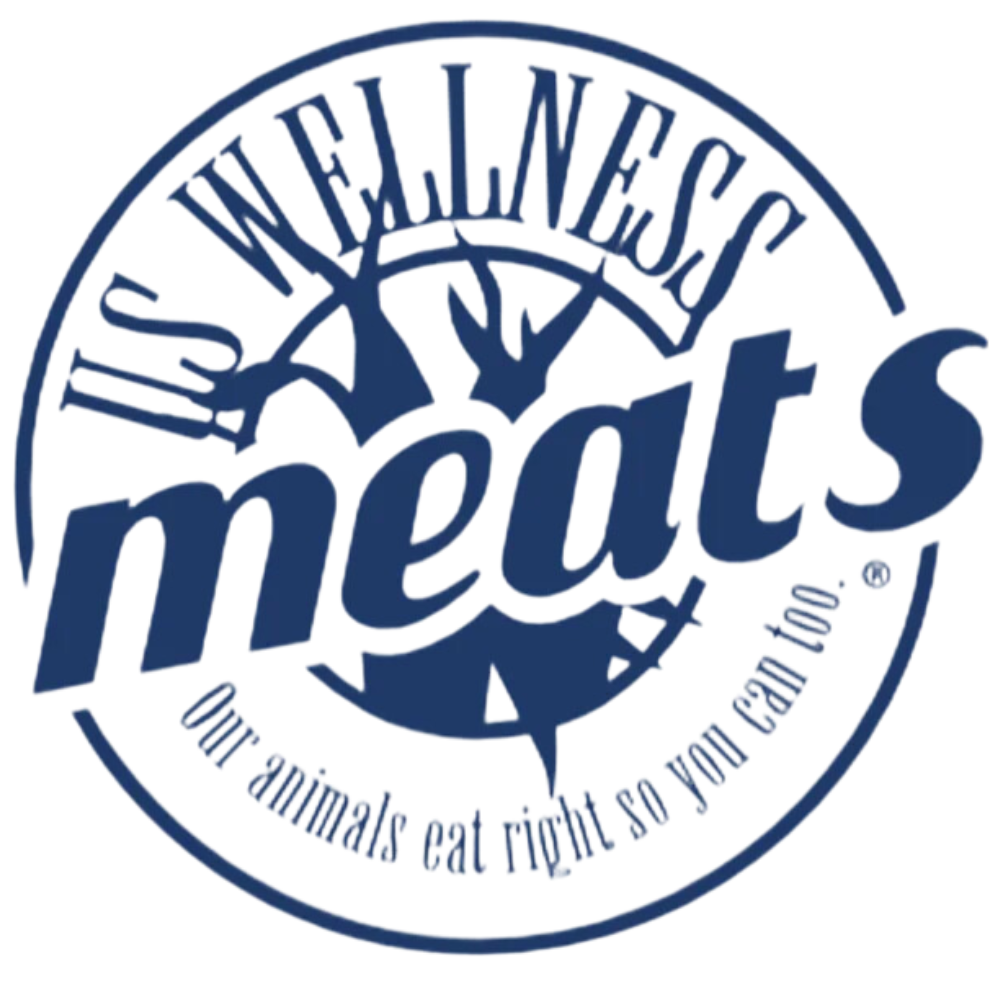

AZURE STANDARD
When it comes to buying bulk/pantry items, I absolutely love Azure Standard.
Azure Standard is a nationwide (U.S.) distributor of healthy, organic food products. It's a huge hit among homesteaders and lovers of natural living.
Since 1987, they’ve sold wholesome pantry goods (this is what they’re known for), fruits and vegetables, dairy, meat, animal feed, environmentally-friendly paper products, supplements, and so much more!
BONA FURTUNA
Live La Dolce Vita with Bona Furtuna's captivating array of authentic Sicilian pastas (made with ancient grains), tomato sauces, single-estate olive oils, vinegars, and more. This organic, family-owned company is simply phenomenal.

Supplements
You have to be really careful with the supplements you choose to take. They may be doing more harm than good…
Most supplements today are made with synthetic vitamins and minerals, which are not bioavailable (properly absorbable) to our bodies. They don’t get absorbed like natural vitamins and minerals. The body treats them like toxins (which they are) and expells them or stores them away in “safe” places where they can’t do further damage. Learn more here.
This article explains the vast difference between natural and synthetic supplements.
Sadly, our food is less nutritious than ever before because of soil degradation and chemical usage... So, it is very important to supplement our nutrition.
What To Avoid
You should avoid most on-the-shelf supplements. One-A-Day? No way.
The Best Supplements
You SHOULD take supplements made with real, wholesome ingredients. These 3 are a vital part of my daily routine that I know will change your life, too:
- Optimal Carnivore bovine capsules (freeze-dried grass-fed beef organs, one of the MOST nutrient-dense foods on the planet, full of vitamins A, D, K2, copper, iron, folate, and sooo many more essential vitamins and minerals!)
- Fermented cod liver oil (densely packed with vitamin D, especially important in the winter months)
- Seed Probiotics (the best probiotic supplement I have ever come across)
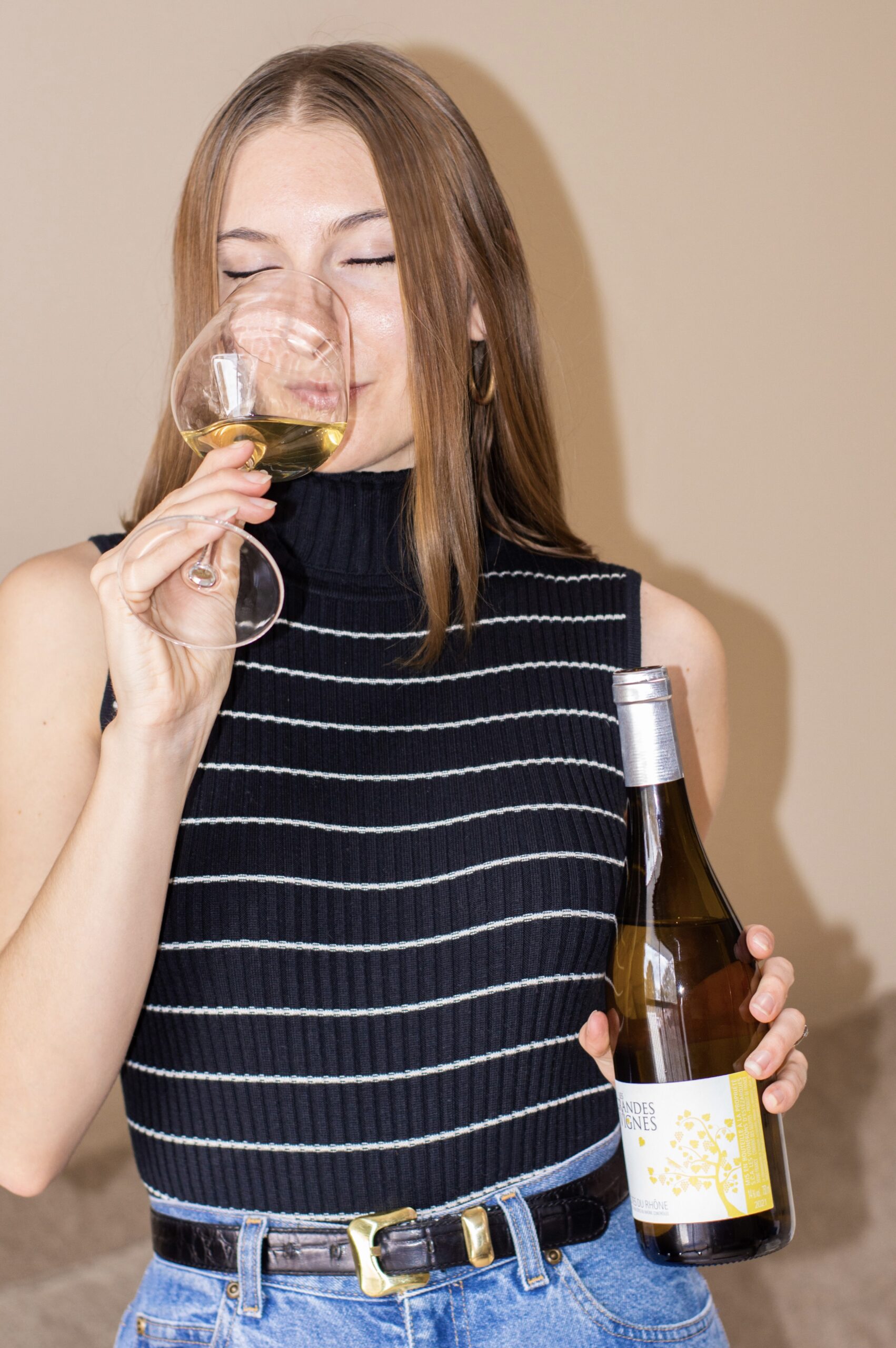
6. Drinking
Clean water is critical for our health (that you know!). But I love my morning cup of coffee, and an evening glass of wine… I bet you do, too! So let’s stock your non-toxic kitchen with aaaall your favorite beverages.
Water Filter
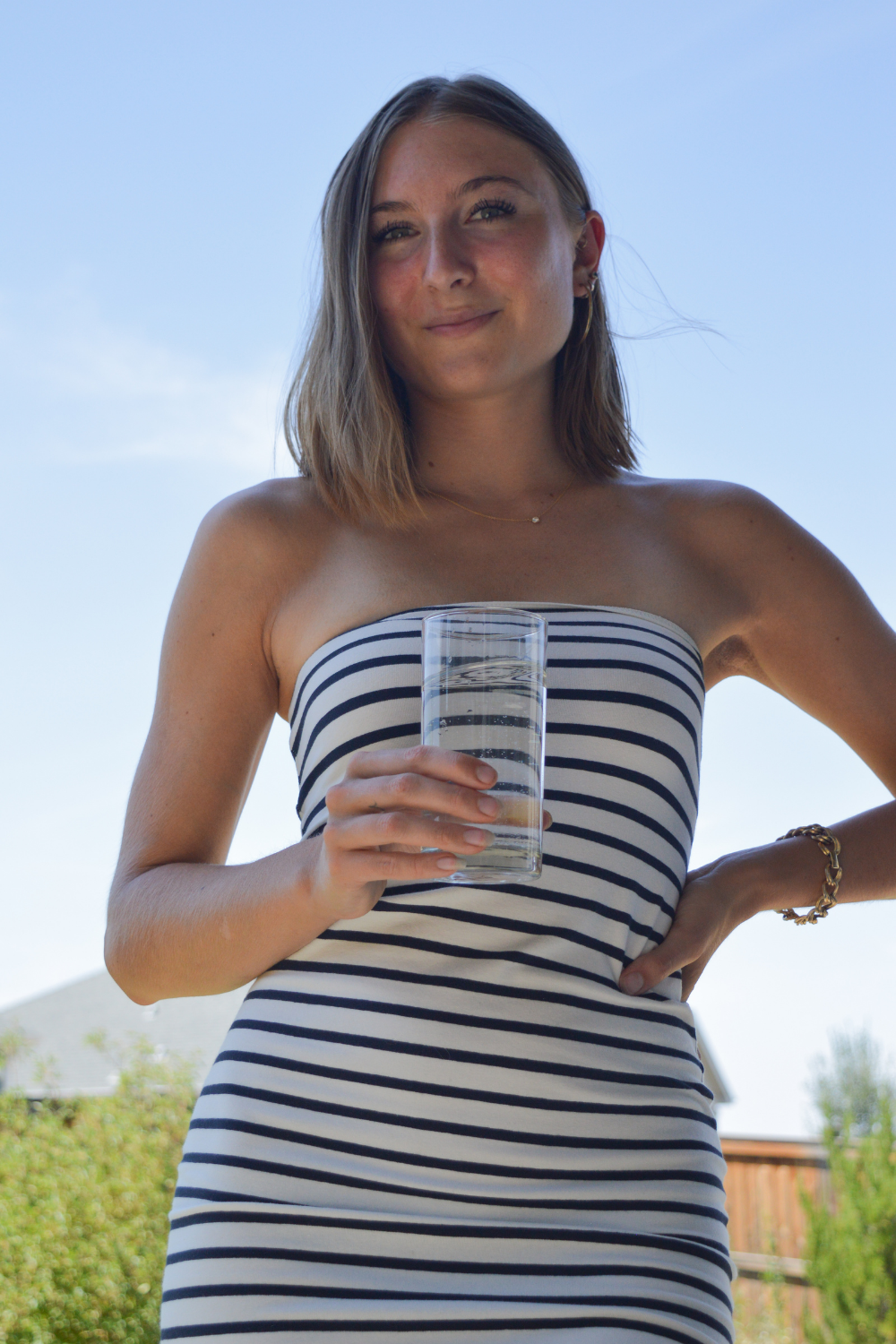
Tap water has unfortunately been bombarded with pesticides, chemicals, and heavy metals. The EWG (Environmental Working Group) analyzes the toxicity of tap water throughout America. Check out your zip code’s rating.
The solution? A WATER FILTER.
But not just any water filter. Plenty of what’s available on the market doesn’t do the full job.
Reverse Osmosis Water Filter
The BEST kind of water filter? A reverse osmosis water filter.
These remove ALL heavy metals, pesticides, and “forever chemicals” (PFAS) from the water. (Brita filters don’t do this.) It’s the best, most effective water filtration system on the market. This one by AquaTru is a cult classic.
Drinkware
I think you get the message by now… No more plastic. 
Water Glasses
I love the “Glassware Set” from Fable. So chic and practical. It comes with 4 short glasses and 4 tall glasses. It’s made with an ion-toughening technique to increase durability.
Wine Glasses/Stemware
The “Stemware Set” from Fable is perfect. It comes with 4 all-purpose wine glasses, 4 sparkling wine glasses, and 4 coupe glasses (great for cocktails). They’re also made with the ion-toughening technique so a tipsy knock-over won’t shatter the party.
Water Bottles
For all your on-the-go adventures, a stainless steel water bottle is essential.
You should avoid plastic (this study found that “on average, a liter of bottled water included about 240,000 tiny pieces of plastic”). You should also avoid aluminum, which is toxic to our bodies. Learn more here.
An uninsulated stainless steel water bottle is lightweight and easy for everyday use. For cold and hot drinks, an insulated stainless steel water bottle is super useful.
MUGS
For tea, coffee, and hot cocoa, a non-toxic mug is a must-have!
CERAMIC MUGS
Love the classic feel of ceramic? This ceramic mug set from Famiware is certified lead- and cadmium-free!
GLASS MUGS
These chic glass mugs can be used for hot and cold drinks. They're lead-free and totally non-toxic.
Drink Accessories
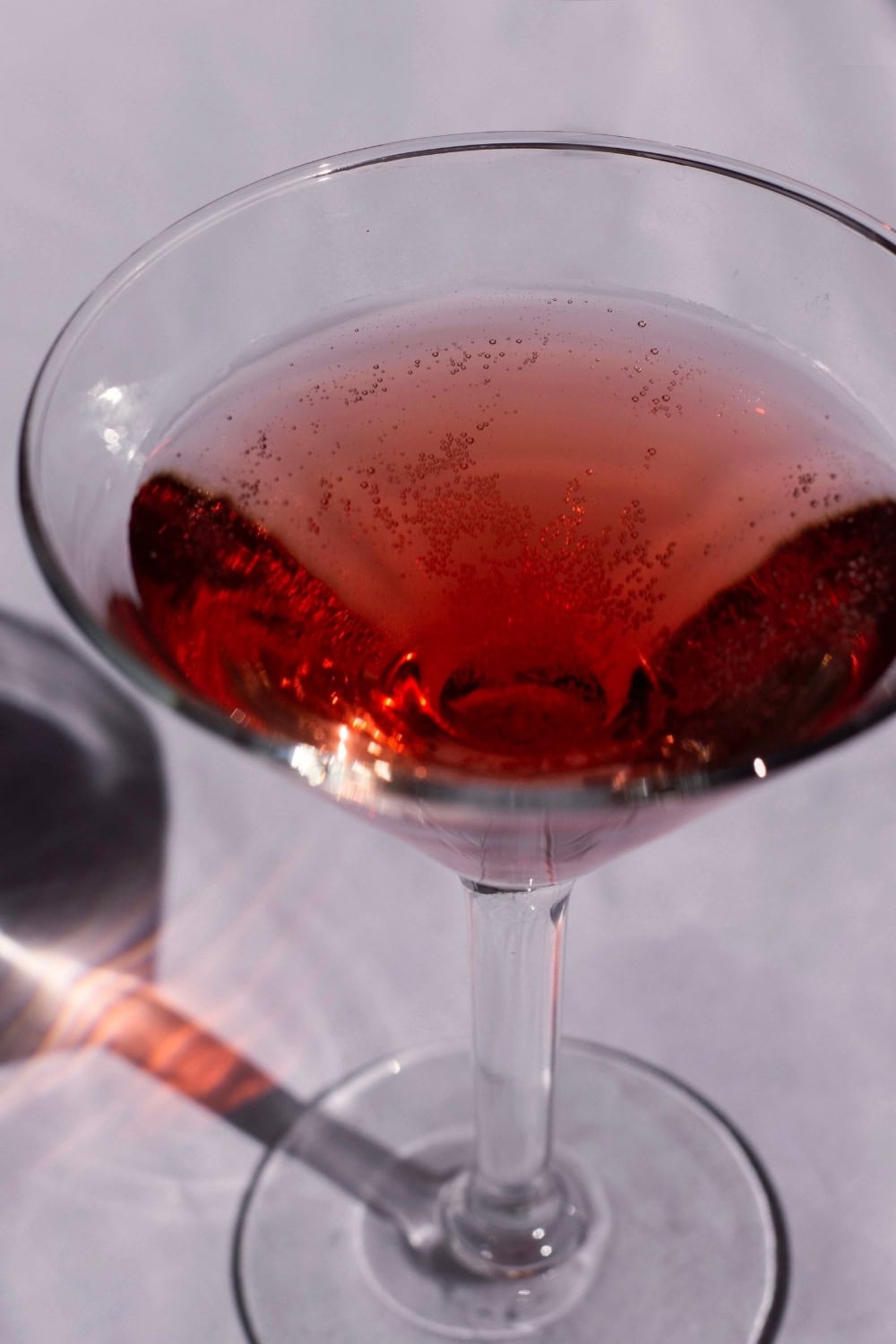
What’s lemonade without a few ice cubes, or a mojito without a straw?!
Straws
Stainless steel straws or glass straws are the way to go. They’re dishwasher safe, reusable, and will save you lots of money in the long run.
Ice Cube Trays
The most non-toxic ice cube trays are made of stainless steel. Have you ever seen this contraption?! Honestly, it’s attractive and functional. It will last forever! A food-grade silicone ice cube tray could be another good option.
COCKTAIL SHAKER
If you like making cocktails, a stainless steel cocktail shaker set is so fun to have! Whip up frothy sours and sexy martinis in no time.
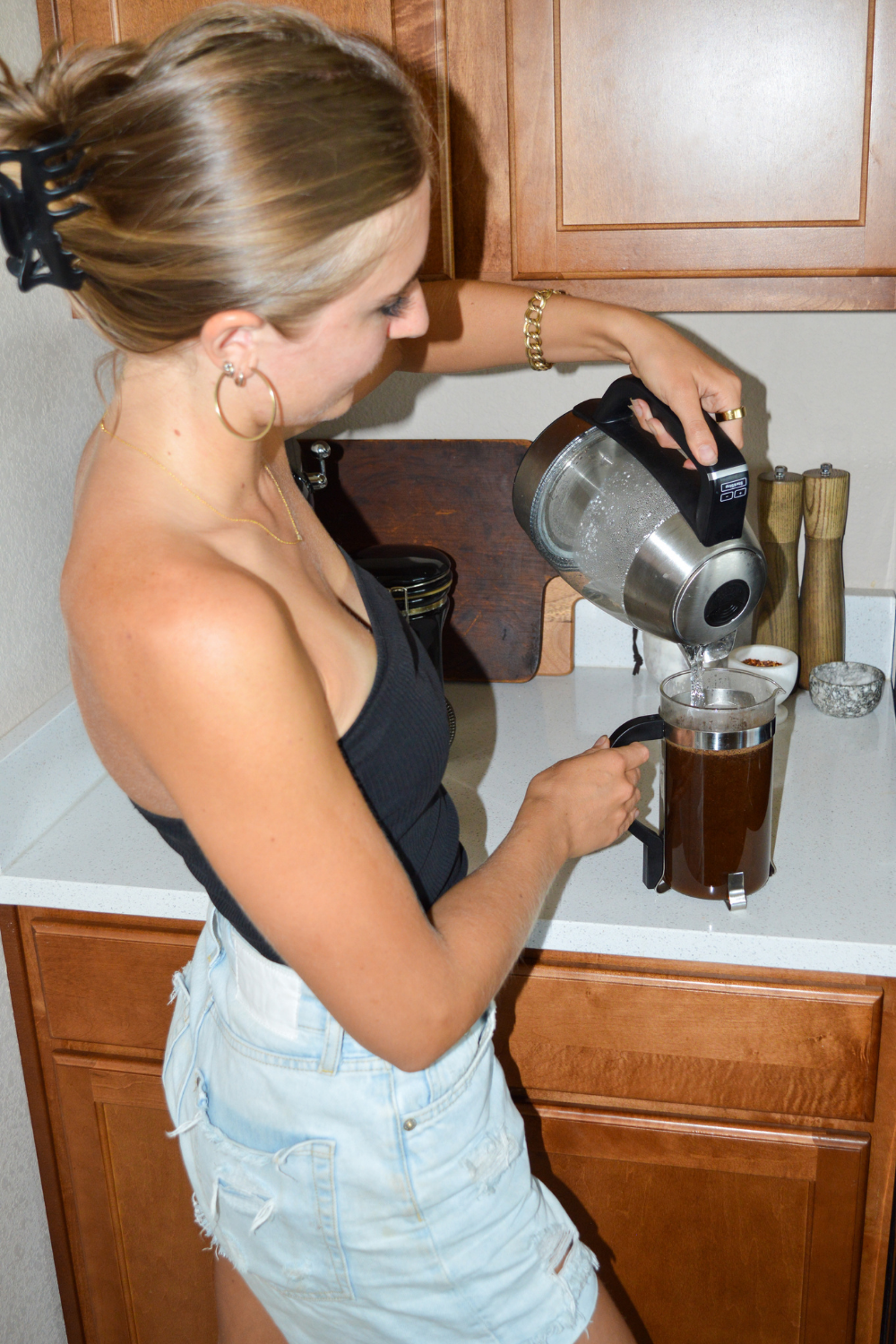
Coffee & Tea
Let’s detoxify your coffee routine.
Coffee
To make a non-toxic cup of coffee, you need 2 things: a French press (or a pour-over coffee machine with natural coffee filters) and mold-free, organic coffee beans (Kion is a classic).
TEA
To make a non-toxic cup of tea, you need organic, loose-leaf tea, a stainless steel tea infuser, and a stainless steel kettle (or an electric glass kettle).
Natural Wine
With all this talk of non-toxic living, you might think we’re void of vino. Noooo way! I love a nightly glass of wine.
But you should only drink NATURAL wine (made with organic grapes and no chemical additives — a.k.a. the opposite of most conventional wines made today).
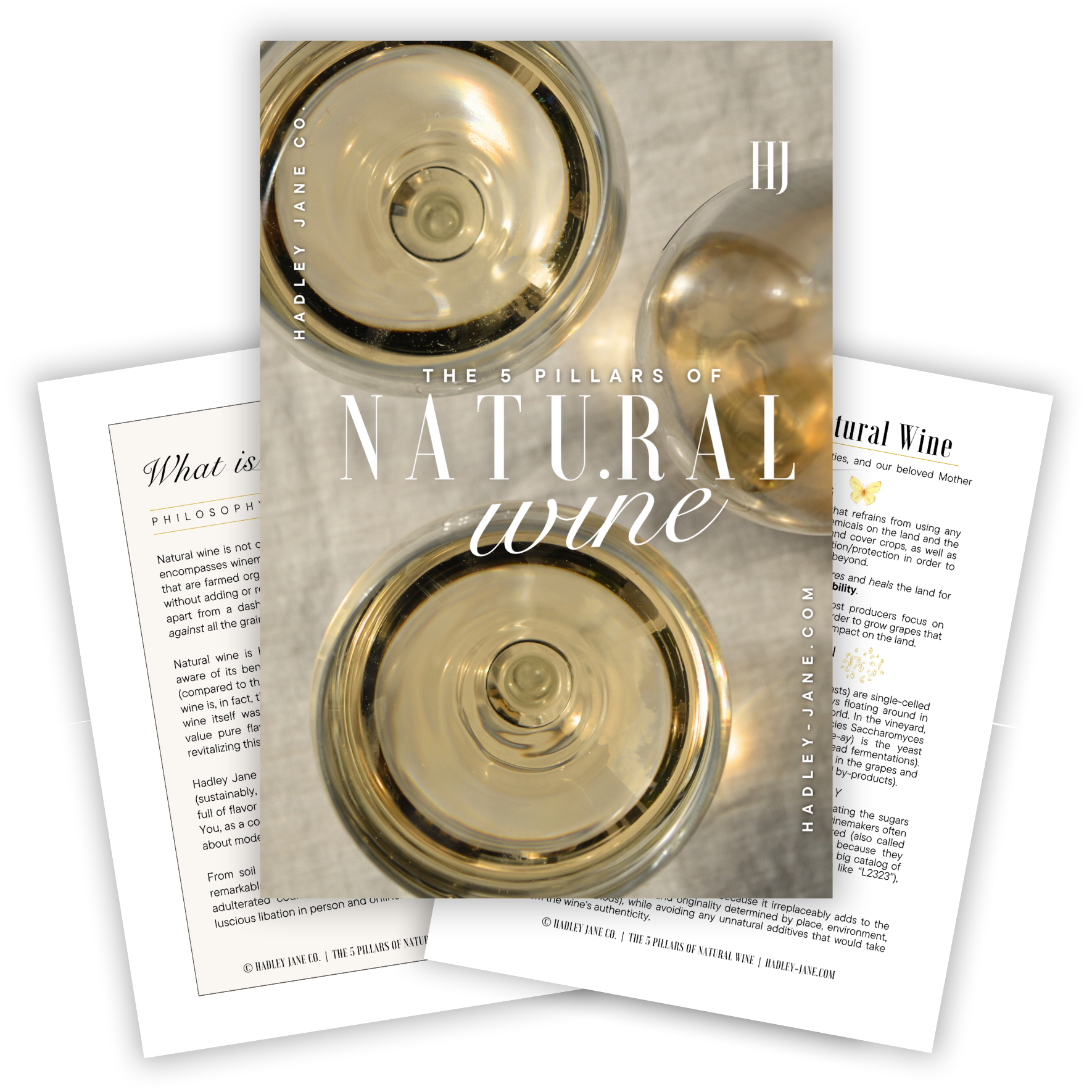
Download now!
The 5 Pillars of
Natural Wine
This FREE E-BOOK explains everything you need to know about natural wine. It's not just "funky", I promise.
Shop Natural Wine Online
If you don’t have a natural wine shop near you (check out my Natural Wine Map — I am always adding to this!), you can shop for it online from one of many great online natural wine shops.
My 3 favorites are MYSA Wine, Organic Wine Exchange, and Dry Farm Wines (this one’s a monthly subscription).
Of course, you’ll also need a wine opener.
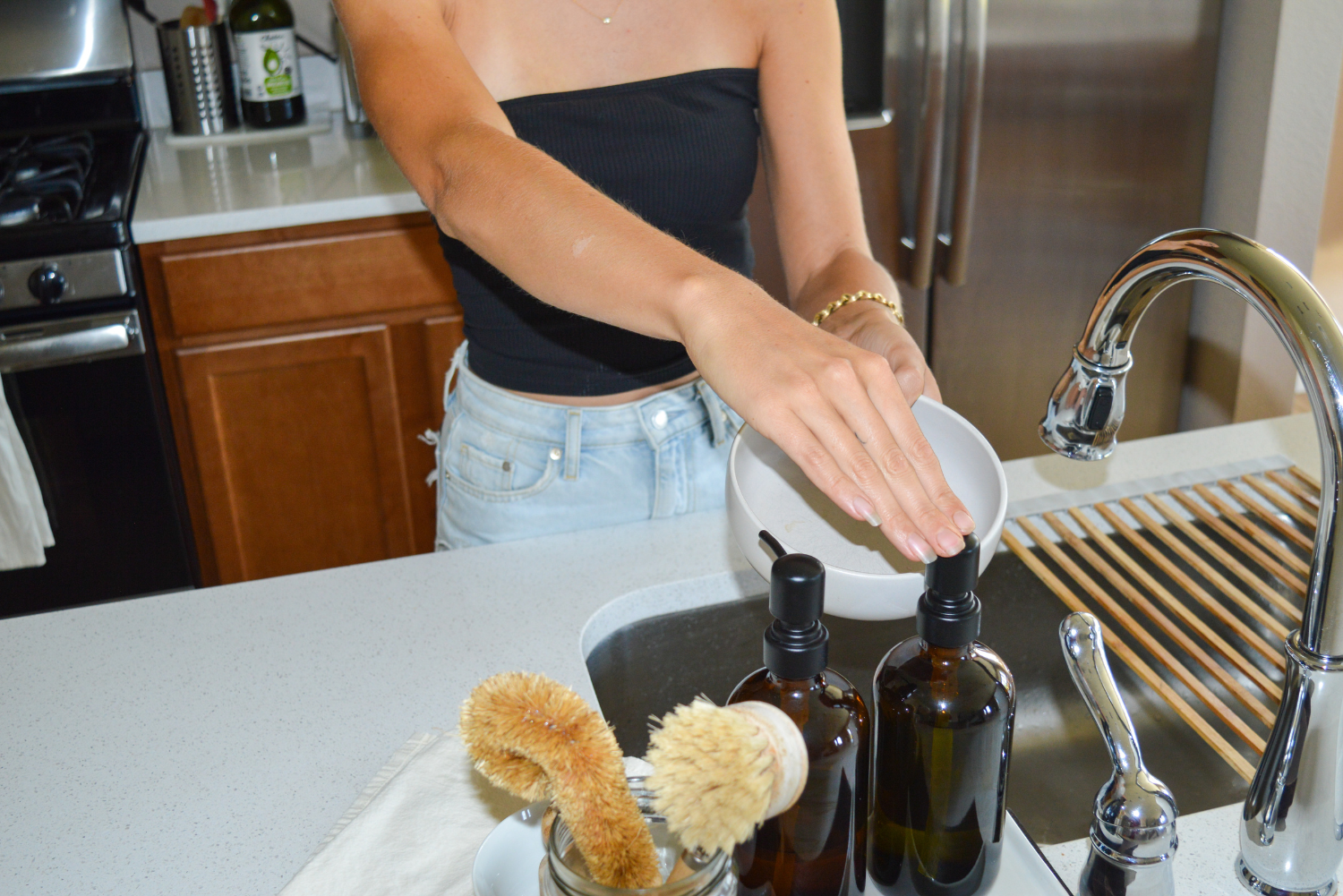
7. Cleaning
You have to be really careful with the cleaning products you bring into your kitchen...
What To Avoid
“Unfortunately, those familiar cleaning chemicals we all grew up with are indeed toxic to humans, the environment, and animals (including pets), and should be avoided at all costs,” Branch Basics.
You should avoid bleach, fragrances, antibacterial cleaners, and honestly, most of what’s on the market.
Best Non-Toxic Cleaning Brand: Branch Basics

Branch Basics is my favorite for non-toxic kitchen cleaner products.
This female-owned company is on a mission to transform your health through a clean, healthy home. Their products are 100% safe and effective. They make non-toxic kitchen sprays, laundry detergents, streak-free window cleaners, and everything else you’ll need to stock your non-toxic kitchen.
DIY Kitchen Cleaner

This DIY non-toxic kitchen cleaner recipe takes just 5 minutes to make!
Ingredients:
- 1 cup distilled white vinegar
- 1 cup filtered water
- 15-30 drops of essential oils
Instructions:
- Mix everything in a glass spray bottle.
- Yes, it's THAT easy. 😉
Cleaning Essentials
1. Dish Scrubber
No more stinky, moldy sponges! (They harbor a TON of bacteria — “Sponges are microbe paradises, capable of housing 54 billion bacteria per cubic centimeter,” Science News.) A non-toxic dish scrubber set made of bamboo, wood, and stainless steel is far superior.
2. Castile Soap
This 100% pure non-toxic Castile soap is made of saponified organic olive oil, coconut oil, and jojoba oil (nooo seed/"vegetable" oils!). Castile soap is extremely concentrated, so a bottle this size will literally last you for years.
3. Dish Drying Rack
If you need a dish drying rack, a naturally antimicrobial bamboo dish rack is the way to go.
4. Cotton Towels
I LOVE these organic cotton dish towels. They’re beautiful and versatile. I use them for cleaning, breadproofing, hand drying, etc.
5. Bamboo Paper Towels
If you’re a paper towel fan, you’ll love these chemical-free bamboo paper towels. They’re highly absorbent and won’t leave lint trails.
6. WOOD BROOM
This beech wood broom & metal dustpan set is much more attractive than some dinky plastic one.
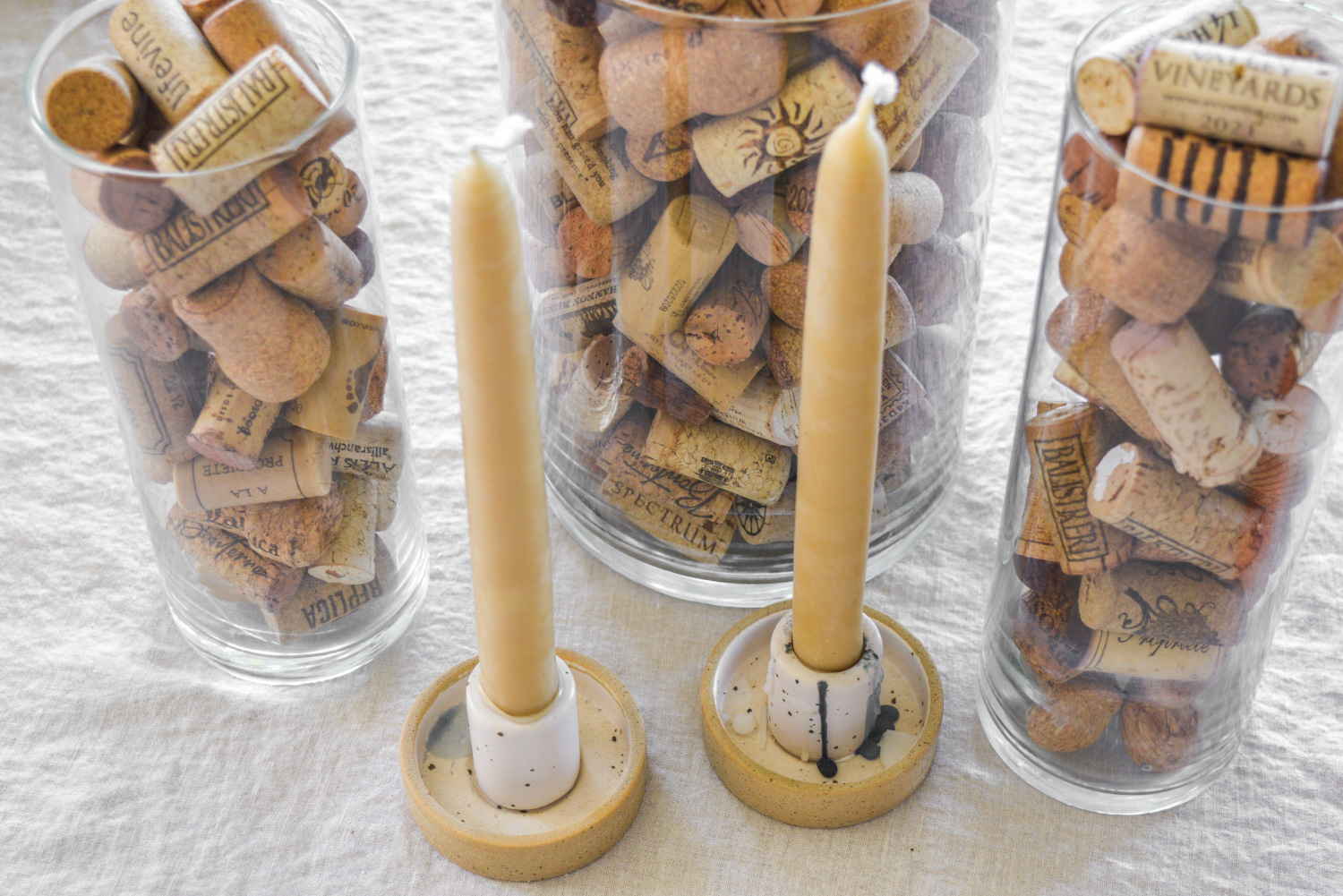
8. Kitchen Accessories
A candlelit dinner is the ultimate vibe. Allergy-causing toxins are not! These non-toxic kitchen accessories are perfect for both hosting and casual Tuesday lunches.
Candles
Candles are one of the most toxic things in peoples’ homes.
“Even the fragranced products labeled as green or organic can also emit surreptitious hazardous air pollutants. The burning of paraffin releases VOCs into the air like acetone, benzene, and toluene,” National Library of Medicine.
PURE BEESWAX CANDLES
If you’re going to burn candles, they should be made of unscented, 100% pure beeswax.
Serveware
Just like with the dishes, you want to make sure your serveware is lead- and toxin-free.
I loveee the “Serveware Set” from Fable Home. It comes with 3 large serving bowls, a large oval platter, and 4 cute mini bowls. Truly, everything you need! It's pricy, though, at about $200.
For a more budget-friendly option, the serveware set from Famiware is only $50. It's certified lead- and cadmium-free!
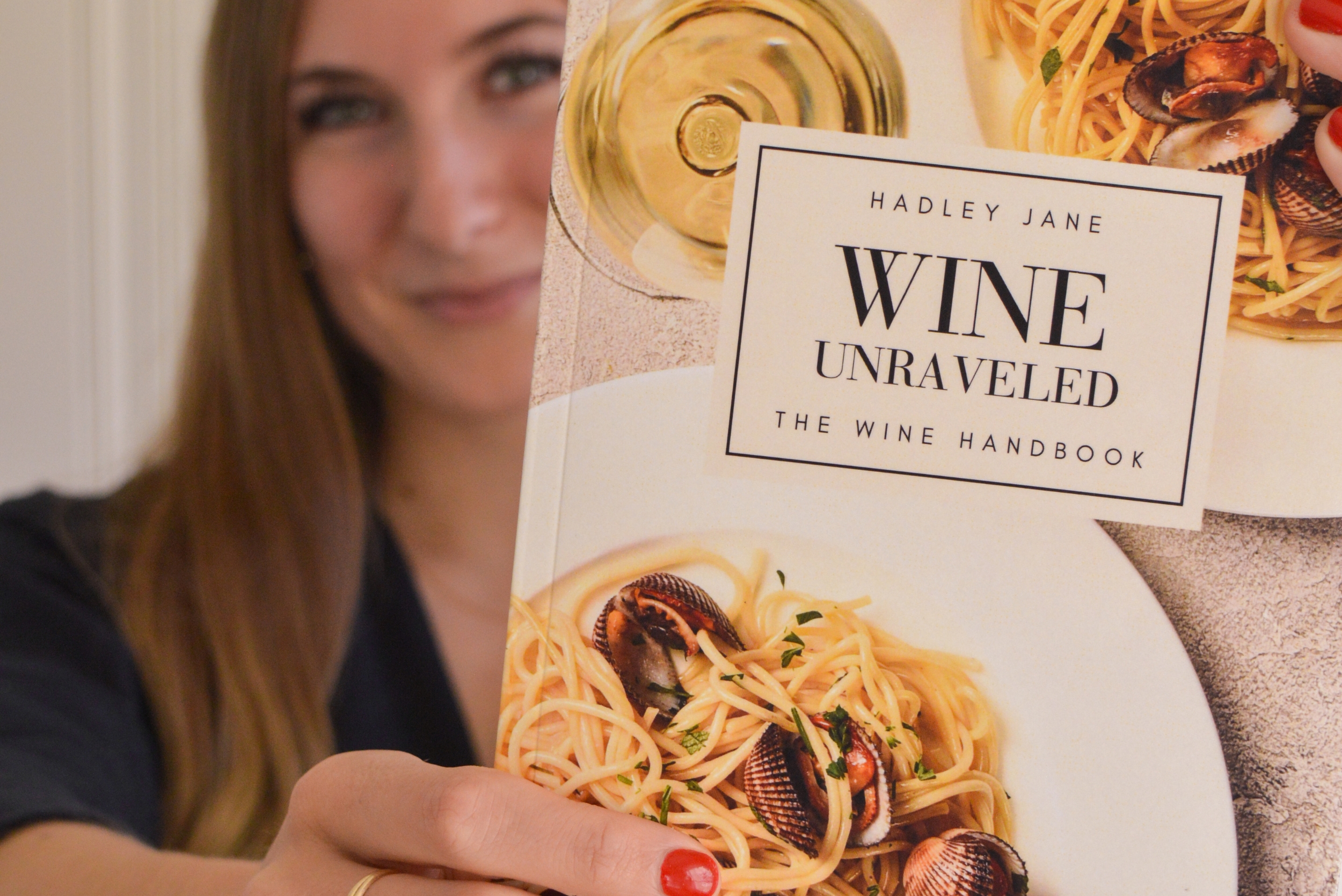
9. Books for a Non-Toxic Kitchen
These 2 books are honestly life-changing. My entire world shifted after reading them, and I know you’re going to love them in your non-toxic kitchen.
1. "Nourishing Traditions" by Sally Fallon
“Nourishing Traditions: The Cookbook that Challenges Politically Correct Nutrition and the Diet Dictocrats” by Sally Fallon is a staple.
It was released in 2001 and shook the world of nutrition during a time of “low-fat” and “low-calorie” fad diets.
I promise, you MUST read this book. The first 70 or so pages cover what an ancestral diet means and looks like, and the rest of the book is filled with nutrient-dense recipes and lovely stories.
2. "Natural Wine" by Isabelle Legeron
This book explains what natural wine is, how it’s made, and why it is so vastly different than most conventional wines made today.
It will transform the way you view agriculture as a whole.
Shop “Natural Wine: An Introduction to Organic & Biodynamic Wines Made Naturally” by Isabelle Legeron.
3. "Wine Unraveled" by Hadley Jane
Okay, this is a plug!
I love wine so much that I wrote a BOOK about it. Mhmmm! "Wine Unraveled: The Wine Handbook" is your go-to book about wine with easy, fun, and approachable information for wine beginners and experts alike.
We cover how wine is made, where it comes from, all the unique styles, and how to taste it & pair it with food. It includes in-depth guides for 40 of the most popular grape varieties around the world, detailing their characteristics, aromas, regionality, and perfect food pairings! It's your 120-page wine bible.
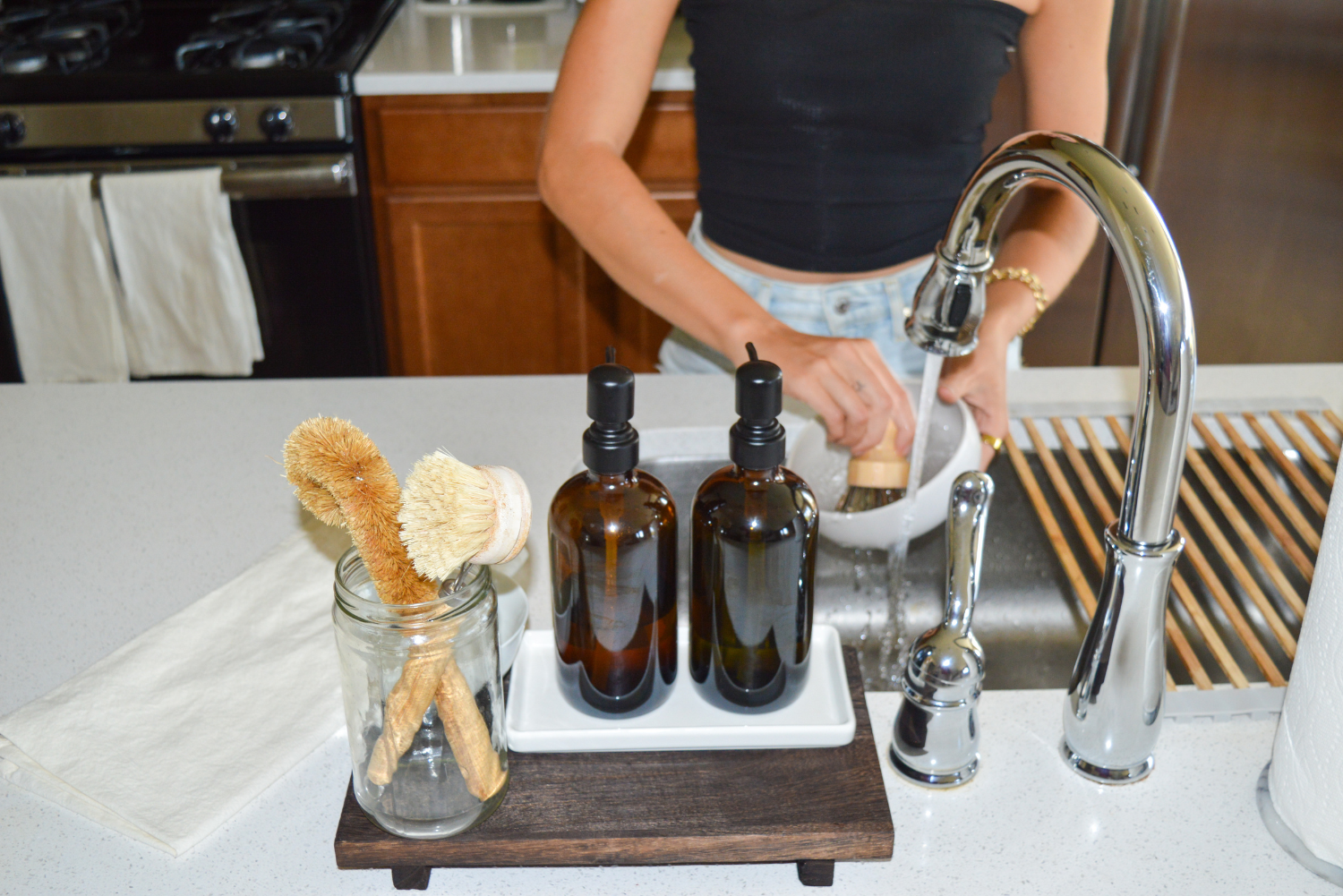
Download The Non-Toxic Kitchen Checklist
Wow. How do you feel? We just covered a LOT of ground. This was a lot of information, so I put this entire list of non-toxic kitchen essentials into 1 easy downloadable checklist (if you didn't download it already!). It comes with 2 PDFs: one of them is linked (yeah, I just saved you hours of researching) and the other is print-ready and pretty enough to be placed on the fridge.
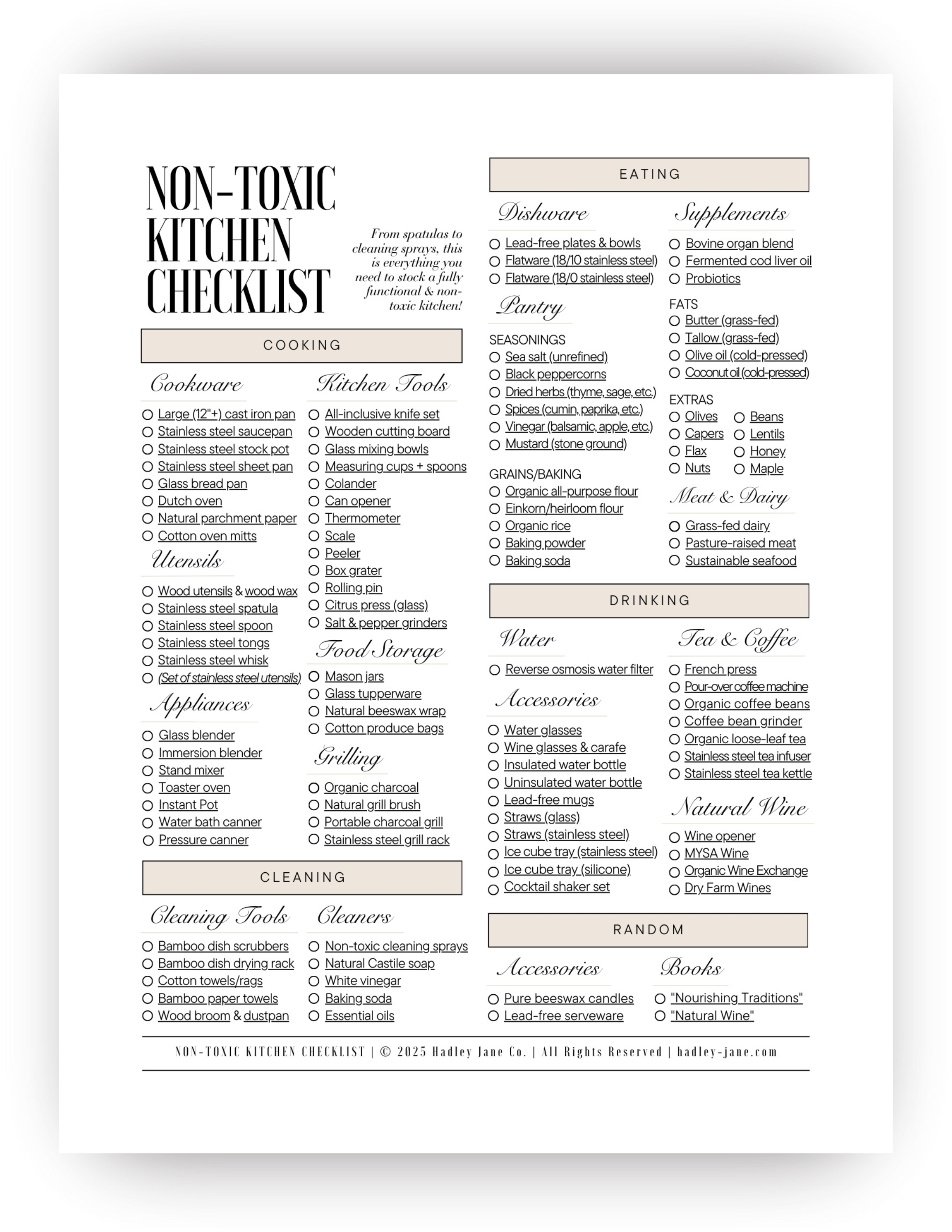

Download now!
NON-TOX KITCHEN CHECKLIST
NON-TOX KITCHEN CHECKLIST
100% crunchy-approved. 100+ non-toxic kitchen swaps. Linked PDF to save you hours of researching. Print-friendly checklists. FREE. DOWNLOAD NOW!
SHARE THIS ARTICLE
Don’t keep this information to yourself! Share it with anyone who you know will benefit from this extensive non-toxic products list (like… everyone?!). Thank you SO MUCH for reading and joining me on this wonderful journey to natural living.
Pin it to Pinterest
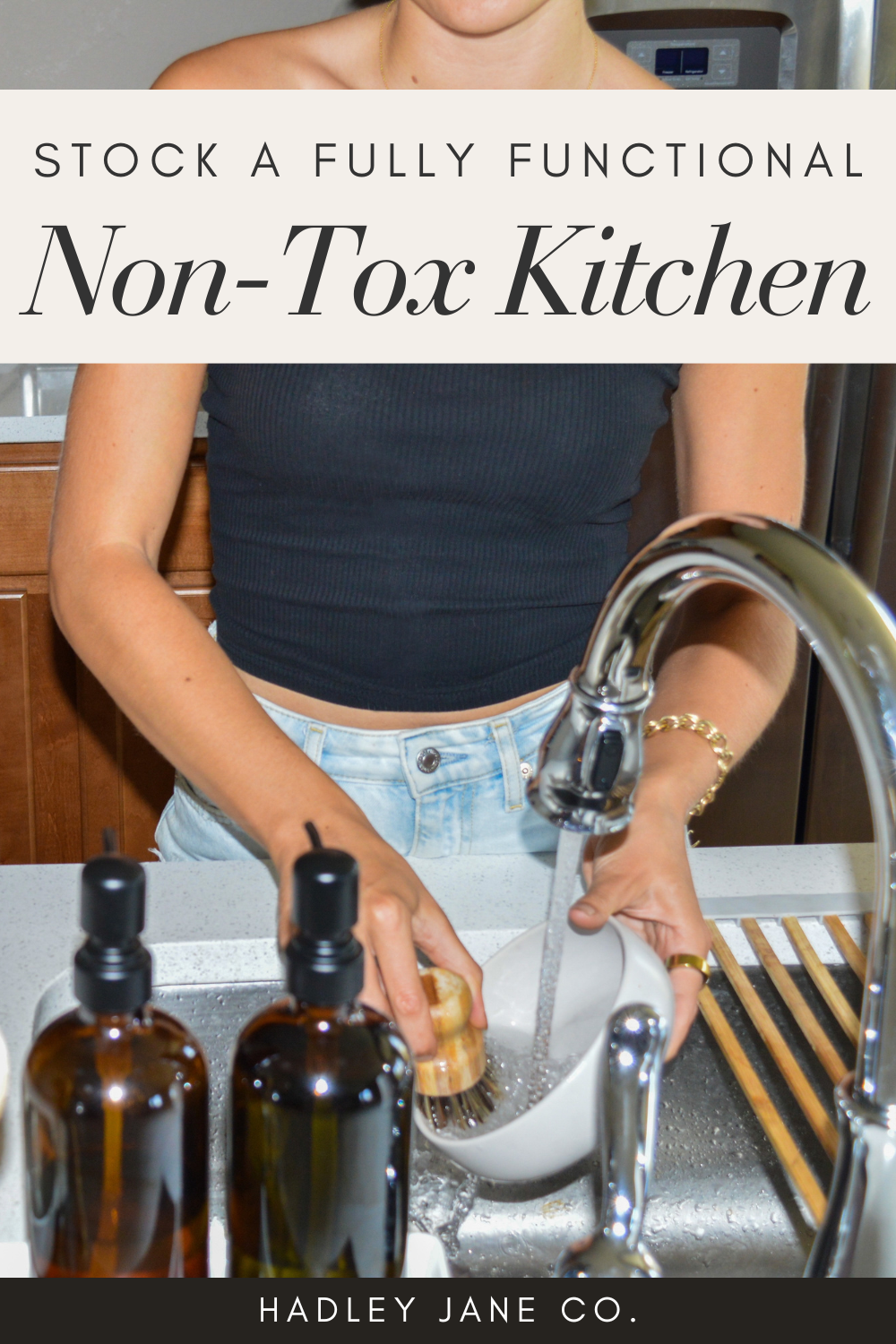
Join the Revolution
Seasonal recipes, curated collections, and the art of slow living. Sign up today for timeless inspiration delivered weekly.
TAGGED —
Hadley Jane
Hadley Jane
I teach epicurean women how to make fermented foods from scratch so they can unleash their creativity in the kitchen and reclaim their vibrant health.
I'm a fermentation devotee, natural wine connoisseur, and certified health coach. I believe the kitchen is the most sensual, sacred place in the home—and I’m here to help you fall in love with it again. Let’s ferment something beautiful together!
I'm a fermentation devotee, natural wine connoisseur, and certified health coach. I believe the kitchen is the most sensual, sacred place in the home—and
I’m here to help you fall in love with it again.
Let’s ferment something beautiful together!
I'm a fermentation devotee, natural wine connoisseur, and certified health coach. I believe the kitchen is the most sensual, sacred place in the home—and I’m here
to help you fall in love with it again. Let’s ferment something beautiful together!

Hey there!
I'm Hadley Jane
I teach epicurean women how to make fermented foods from scratch so they can unleash their creativity in the kitchen and reclaim their vibrant health.
FREE COOKBOOK
10 beautiful recipes celebrating the art of fermented foods.
CATEGORIES







